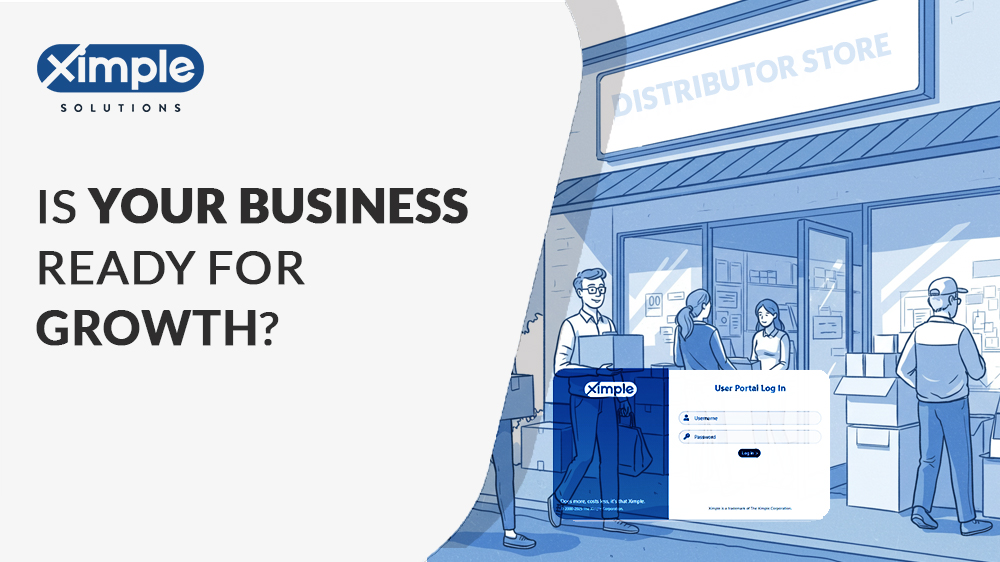
ERP Assessment & Checklist: Is Your Business Ready?
Selecting the right ERP for wholesalers and distributors is critical. A structured ERP assessment ensures you choose a system that aligns with your business needs and drives efficiency. Table of Contents Why Undergo an ERP Assessment? Key Factors in ERP Evaluation ERP Assessment Checklist 1. Functionality 2. Technology 3. Value 4. Risk Next Steps: Choosing […]
Read More

How AI is Revolutionizing ERP Systems in 2025
The rapid advancements in Artificial Intelligence (AI) are revolutionizing Enterprise Resource Planning (ERP) systems. AI is making ERP smarter, more efficient, and capable of predictive decision-making. Businesses, especially distributors and wholesalers, are leveraging AI-powered ERP solutions to enhance operational efficiency, reduce costs, and improve customer experience. In this blog, we will explore how AI is […]
Read More
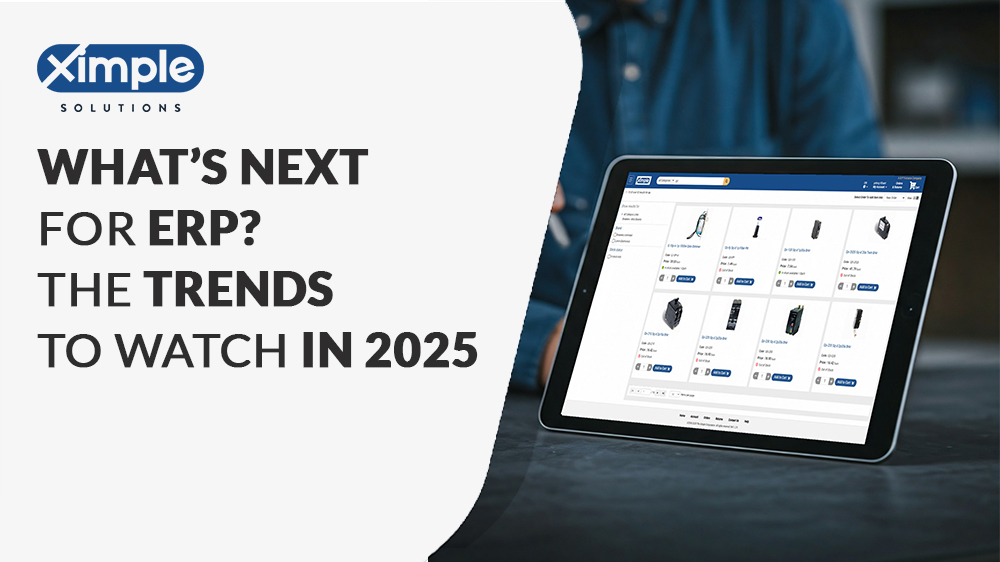
Top ERP Trends to Watch in 2025
Enterprise Resource Planning (ERP) systems continue to evolve, incorporating cutting-edge technologies to enhance efficiency, decision-making, and scalability. As we move into 2025, distributors and wholesalers must stay ahead of the curve to remain competitive. This blog explores the top ERP trends shaping the future of the industry. Table of Contents Introduction AI-Powered ERP Solutions Cloud-First […]
Read More

Top 5 ERP Features Every Distributor Needs in 2025
Distributors today face increasingly complex supply chains, growing customer demands, and the need for efficient, cost-effective operations. With the rise of e-commerce and digital transformation, a robust Enterprise Resource Planning (ERP) system has become essential for distributors in industries like electrical, plumbing, HVAC, and pharmaceuticals. As we move into 2025, it’s clear that distributors must […]
Read More
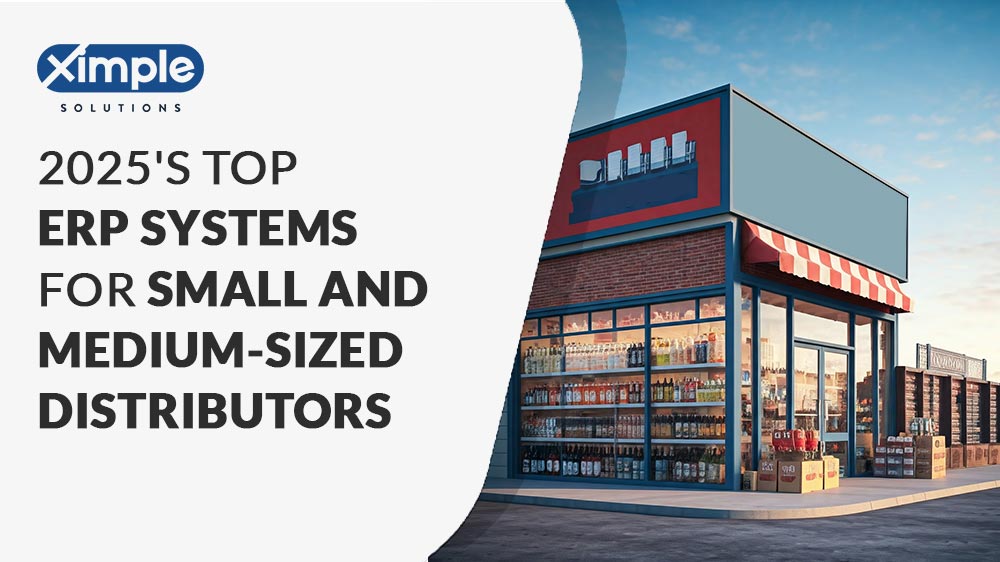
Best ERP Systems for Small and Medium-Sized Distributors in 2025
Introduction: The Role of ERP in Small and Medium-Sized Distribution Businesses In the fast-paced world of distribution, staying competitive requires more than just efficient logistics and inventory management. Small and medium-sized enterprises (SMEs) in the distribution sector are facing increasing demands for real-time data, seamless supply chain integration, and customer-centric operations. Enterprise Resource Planning (ERP) […]
Read More
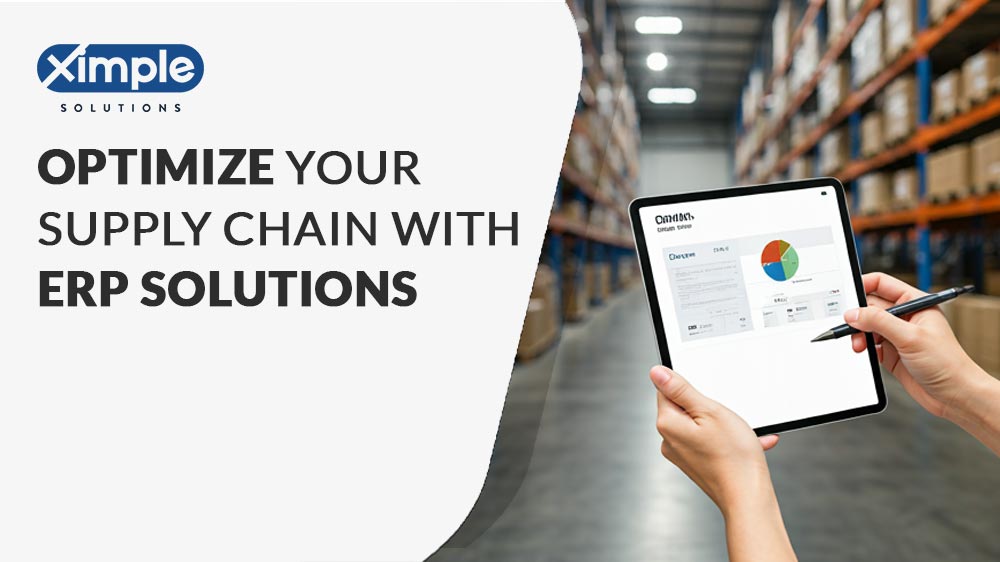
How to Improve Supply Chain Efficiency with ERP Systems
In today’s fast-paced world, the supply chain is the backbone of any business. Wholesalers and distributors, in particular, face unique challenges in ensuring that products move efficiently from suppliers to end customers. As industries like electrical, plumbing, HVAC, construction, and pharmaceuticals continue to evolve, managing supply chains becomes increasingly complex. An Enterprise Resource Planning (ERP) […]
Read More
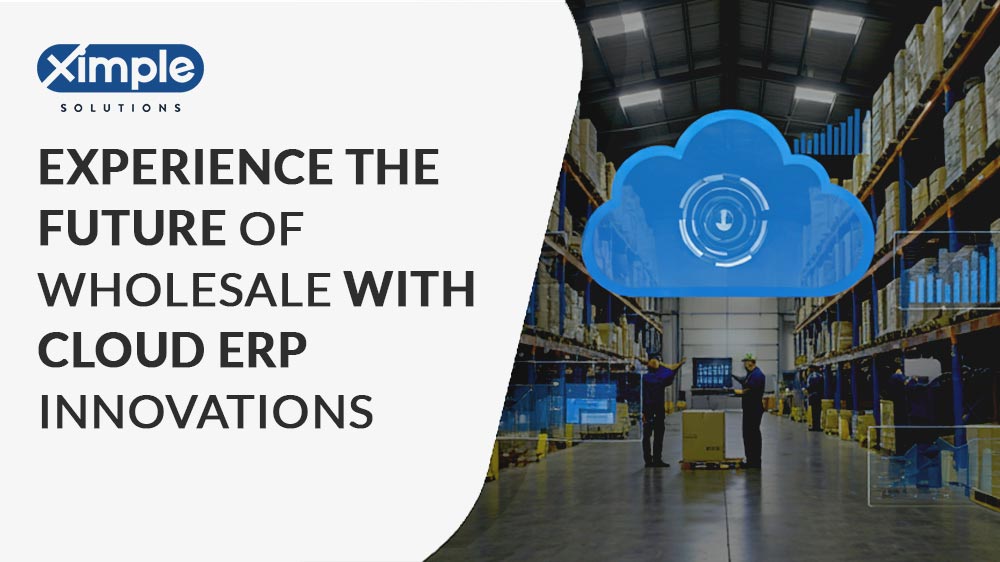
Why Cloud ERP is the Future for Wholesale and Distribution
The wholesale and distribution industries have long faced the challenge of managing complex supply chains, handling vast inventories, and ensuring timely deliveries. Enterprise Resource Planning (ERP) systems have been essential in streamlining these operations, but the rise of Cloud ERP is revolutionizing the way wholesalers and distributors operate. This transition is providing businesses across sectors, […]
Read More
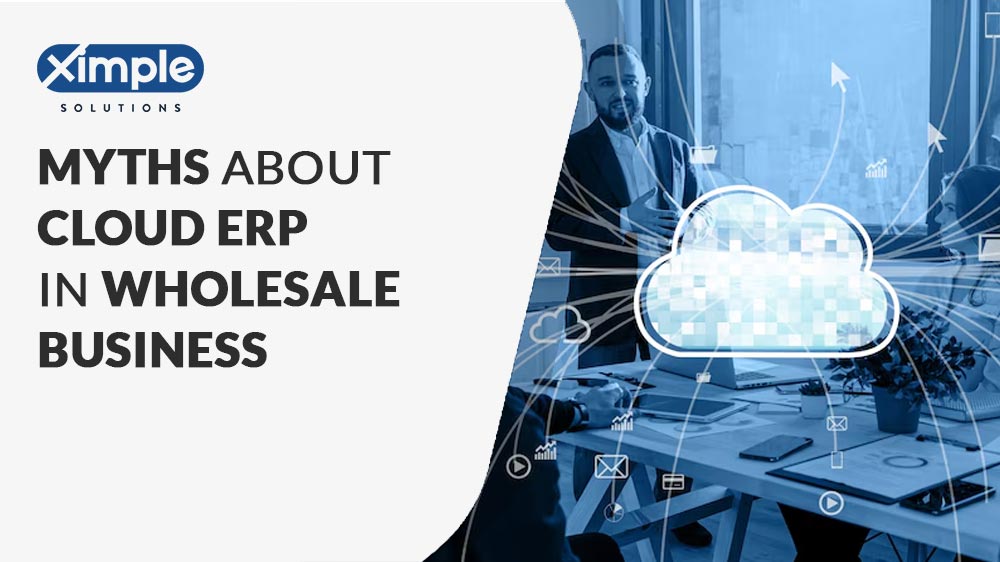
Busting the Big Myths: Why Your Wholesale Business Needs a Modern Cloud ERP (and Why it Won’t Turn You into a Robot!)
Hey there, fellow distributor warriors! Let’s face it, running a wholesale business in today’s fast-paced world is no walk in the park. You juggle inventory like a circus performer, chase down orders like a bloodhound, and analyze data like a financial whiz kid – all while keeping a smile on your face (most of the […]
Read More

Transform Your Wholesale Distribution Business: Break Free from Cookie-Cutter ERP with Ximple
Introduction The wholesale distribution ERP market is undergoing significant transformations reshaping how companies operate and compete. As a CEO or CFO, it’s crucial to understand the business implications of these changes, particularly as market consolidation, outdated technology, poor customer service, and limited choices become more prevalent. Here’s how these market shifts impact wholesale distributors and […]
Read More

Understanding AI and Its Impact on Wholesale Distribution: A Ximple Case Study
Introduction Earlier this year, I had the privilege of meeting the CEO of a $2.5 billion wholesale distribution company. This company has experienced consistent double-digit growth for many decades. The CEO aims to double the company’s size to $5 billion within five years. He emphasized his open-minded approach to technology when I asked about the […]
Read More
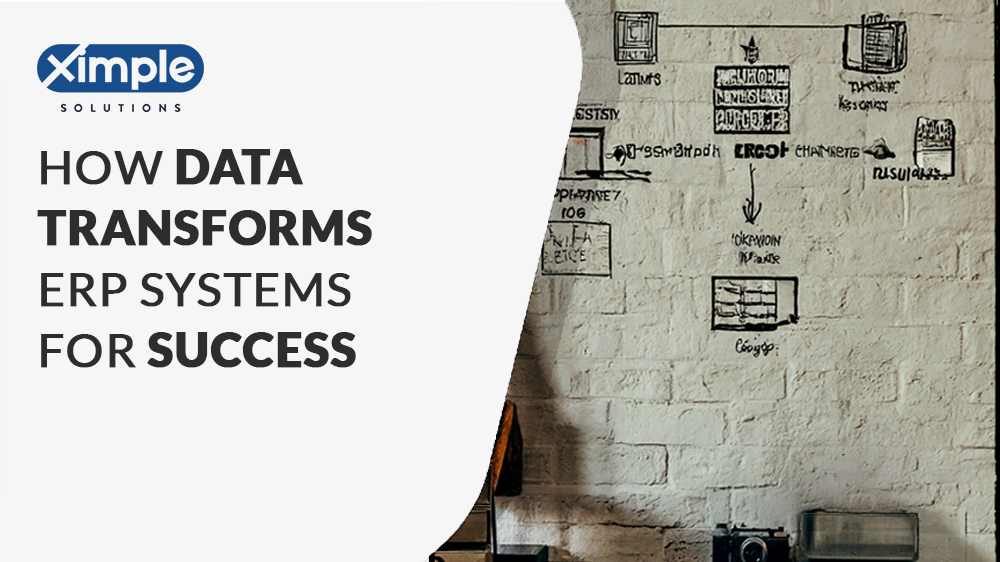
The Critical Role of Data in ERP Systems
In the evolving world of business technology, Enterprise Resource Planning (ERP) systems have become essential tools for organizations seeking to streamline their operations and enhance efficiency. Central to the effectiveness of ERP systems is data. Accurate, timely, and comprehensive data forms the backbone of any successful ERP implementation. This blog will explore the critical role […]
Read More
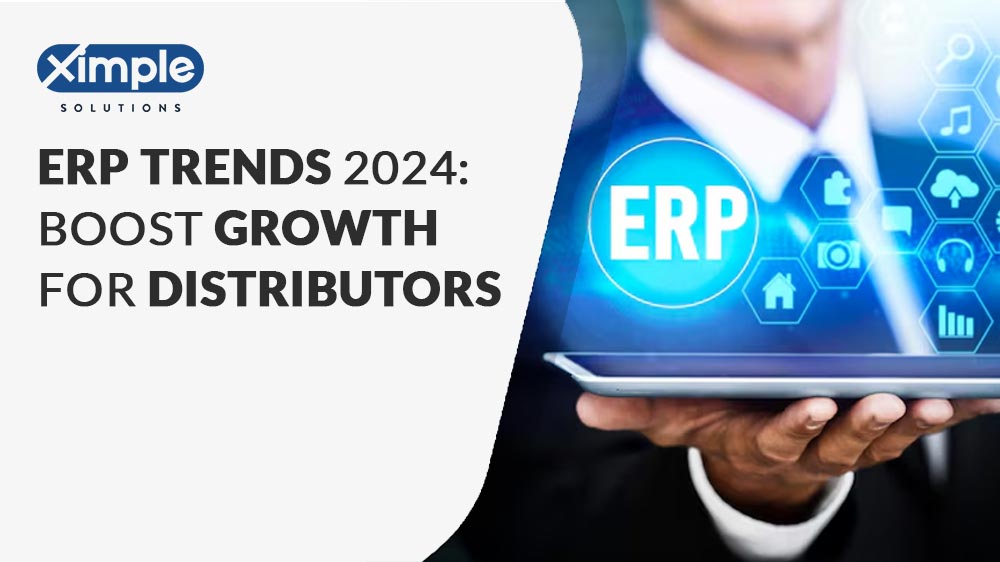
ERP Trends 2024: Powering Growth for Distributors and Wholesalers
Discover how cutting-edge ERP technology can revolutionize your business.In the dynamic world of business technology, Enterprise Resource Planning (ERP) systems have become essential tools for organizations seeking to streamline operations, enhance efficiency, and drive growth. As we move further into the digital age, ERP solutions continue to evolve, offering innovative features and functionalities that address […]
Read More
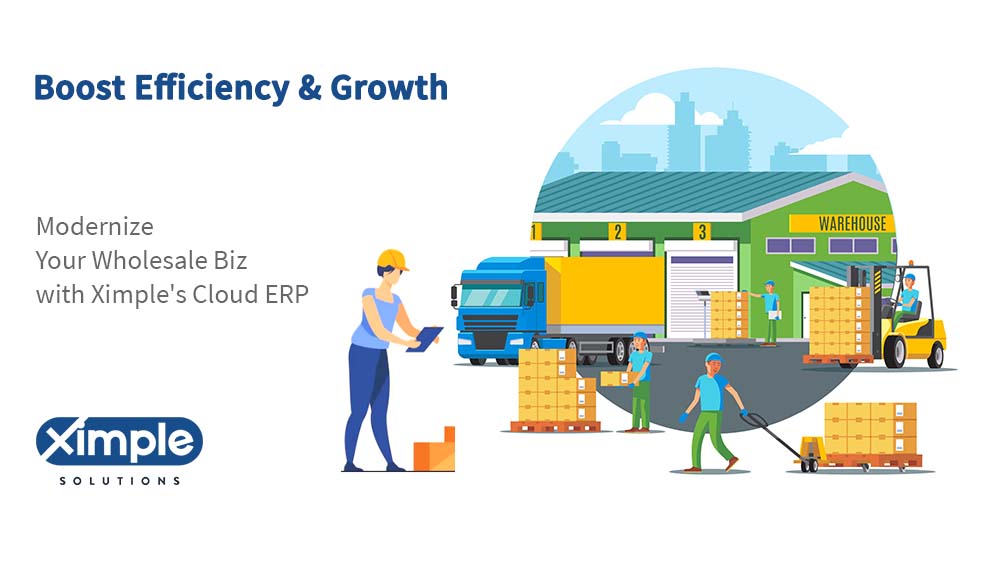
How Ximple ERP Solutions Address Challenges and Drive Growth in Wholesale Distribution?
In the rapidly changing world of wholesale distribution, staying competitive necessitates embracing the latest technological advancements. However, many wholesale distributors continue to rely on traditional ERP systems, despite the availability of superior alternatives. It’s only a matter of time before these distributors are outpaced by competitors leveraging modern technologies. Traditional ERP systems present several challenges: […]
Read More
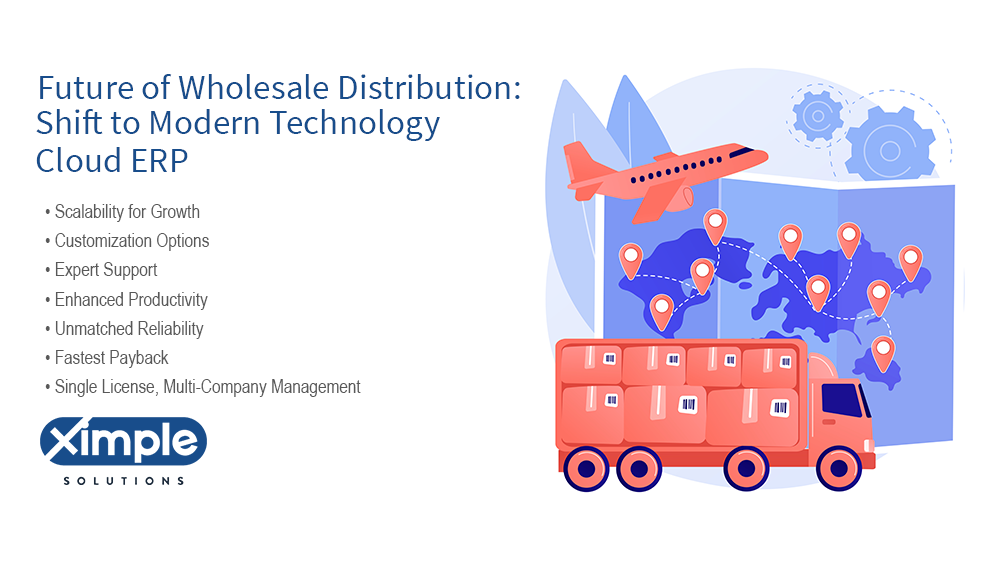
Navigating the Future of Wholesale Distribution: The Imperative Shift to Modern Technology
The Ticking Clock for Independent Distributors In the fast-evolving world of wholesale distribution, the march of technological progress waits for no one. Artificial Intelligence (AI) is rapidly reshaping the business battlefield, heralding a new age where the swift adoption of cutting-edge technology is not just advantageous—it’s existential. The narrative of progress, from the advent of […]
Read More
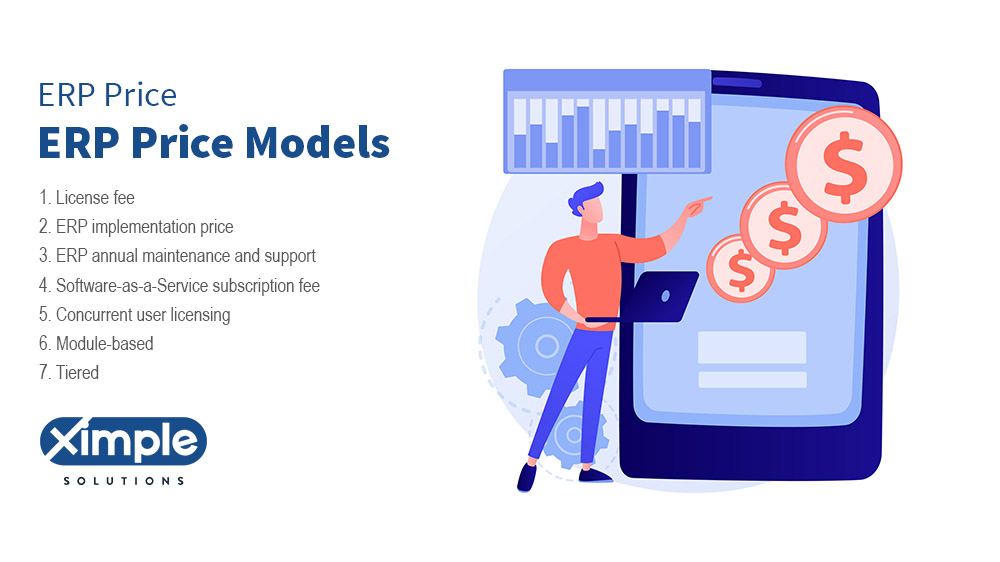
ERP Price in 2025 | ERP Pricing Models & Structure
When investing in an ERP system, most people focus on the price model and structure. Although considering this factor is necessary, you should pay more attention to the Total Cost of Ownership (TCO). The TCO provides more cost data, letting you determine if an ERP investment is worthwhile. Read on to understand more about ERP […]
Read More
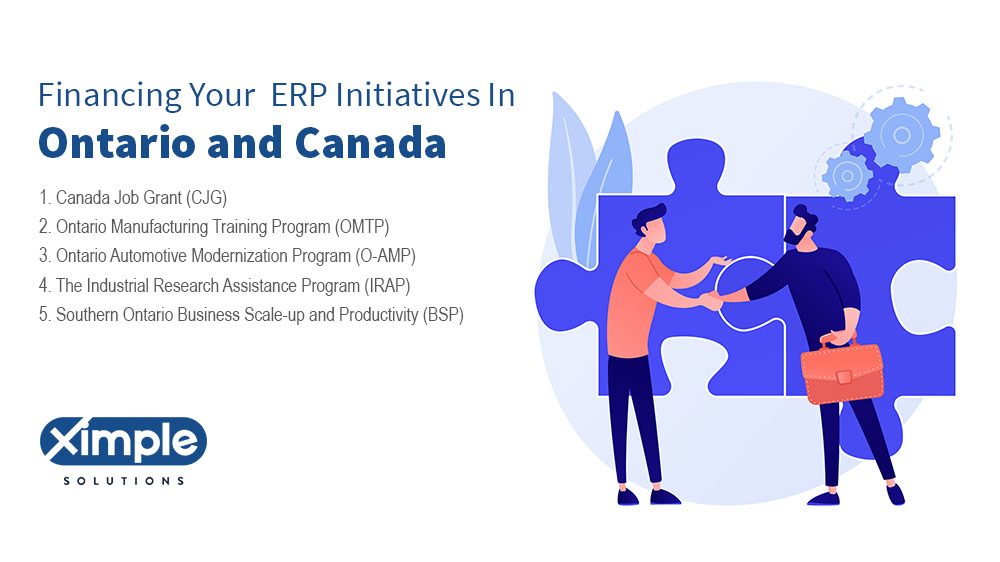
Financing Your ERP and Accounting Software Initiatives In Ontario And Canada
No matter the industry, an ERP project can account for a significant portion of your technological investment. These projects are often resource-intensive and demand substantial effort to ensure success, but once implemented and operational, they can revolutionize your small or medium-sized business. Despite the costs, investing in ERP is necessary to unleash its potential. Fortunately, […]
Read More
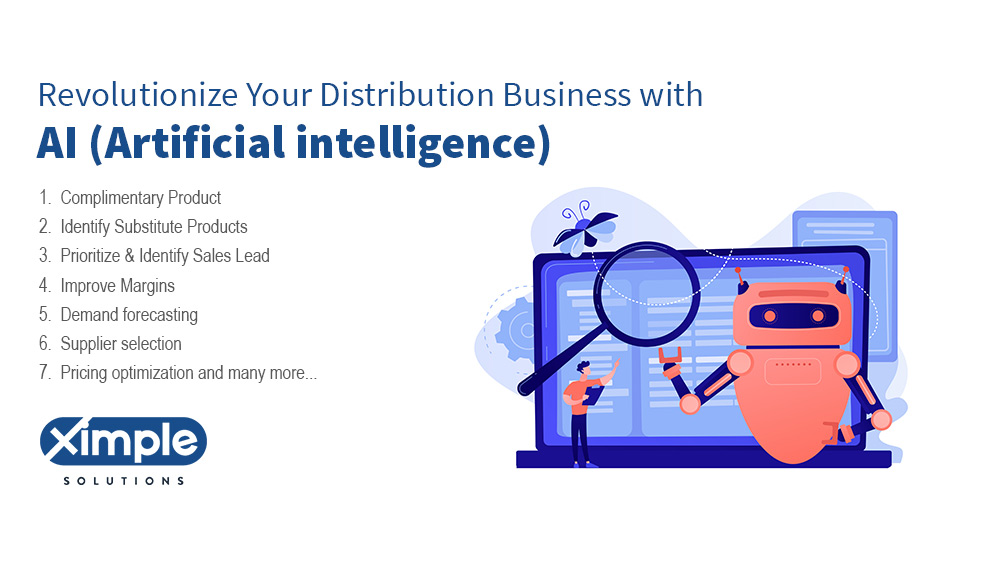
Revolutionize Your Distribution Business with AI: Real-Life Success Stories and Benefits
This article highlights several real-life examples of how distribution businesses leverage cutting-edge technologies to gain a competitive edge and minimize risk. With real-world examples from industry leaders, this article is a must-read for anyone looking to stay ahead of the curve in the fast-evolving distribution world. So, to gain a competitive edge and future-proof your […]
Read More
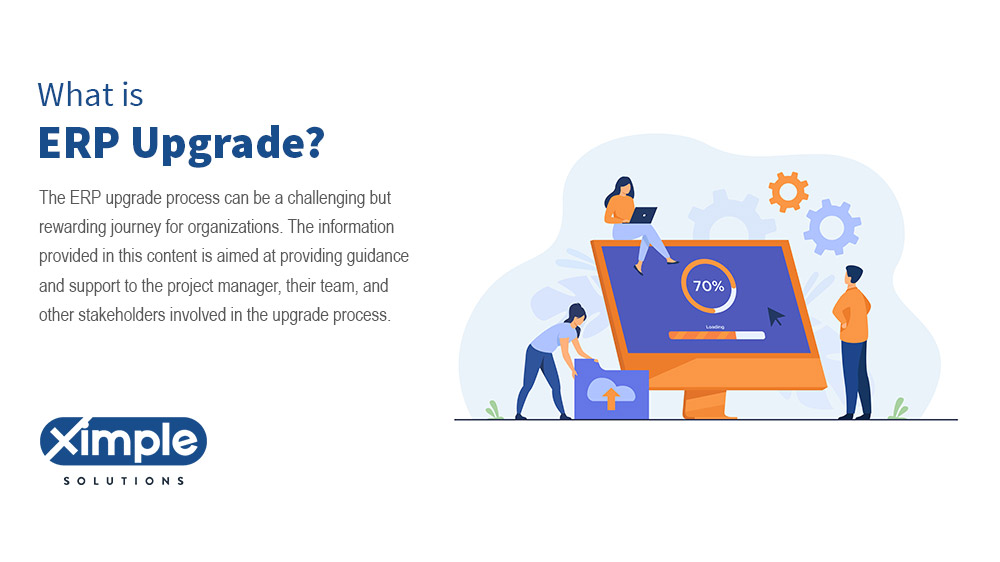
ERP Upgrade: 10 Things to Consider For Its Success
The ERP upgrade process can be a challenging but rewarding journey for organizations. The information provided in this content is aimed at providing guidance and support to the project manager, their team, and other stakeholders involved in the upgrade process. The tips and considerations outlined in this content can help organizations to achieve a successful […]
Read More
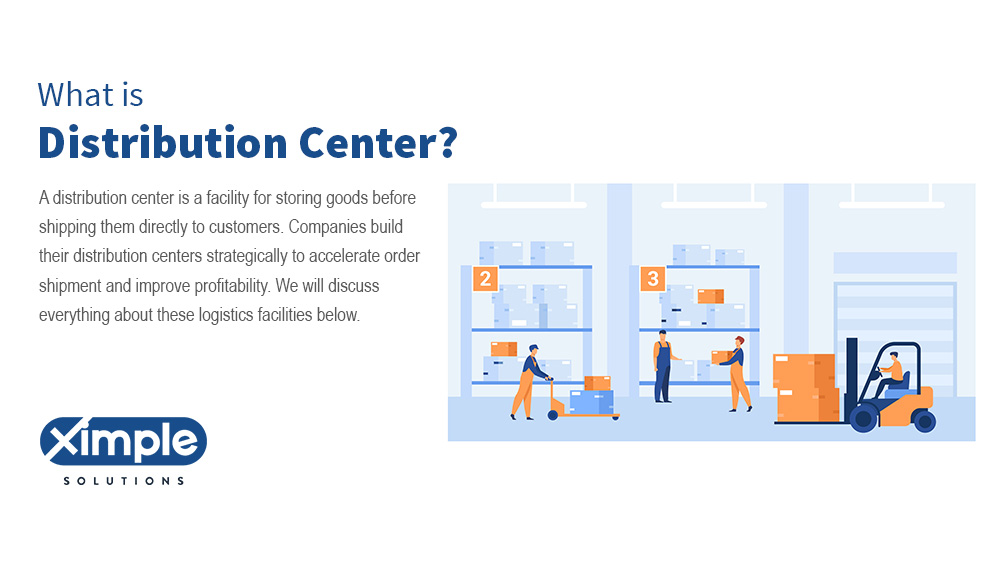
What is a Distribution Center? How Does It Work?
The users of this content are individuals or organizations that are interested in understanding the concept of a distribution center, its differences from a traditional warehouse, and its benefits. This content provides an overview of what a distribution center is, how it works, and why companies might consider building one. It covers topics such as […]
Read More
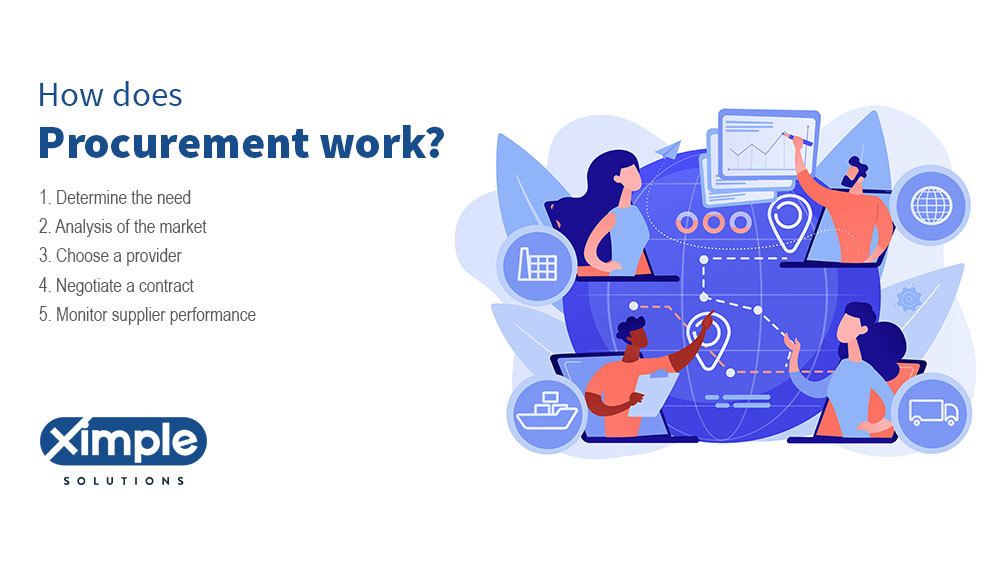
What is Procurement?
The users of procurement content are organizations, businesses, and individuals involved in the procurement process. This includes procurement professionals, supply chain managers, purchasing managers, and others involved in the process of acquiring goods, services, and works needed for the functioning of an organization. Procurement is a critical part of the supply chain management process, and […]
Read More
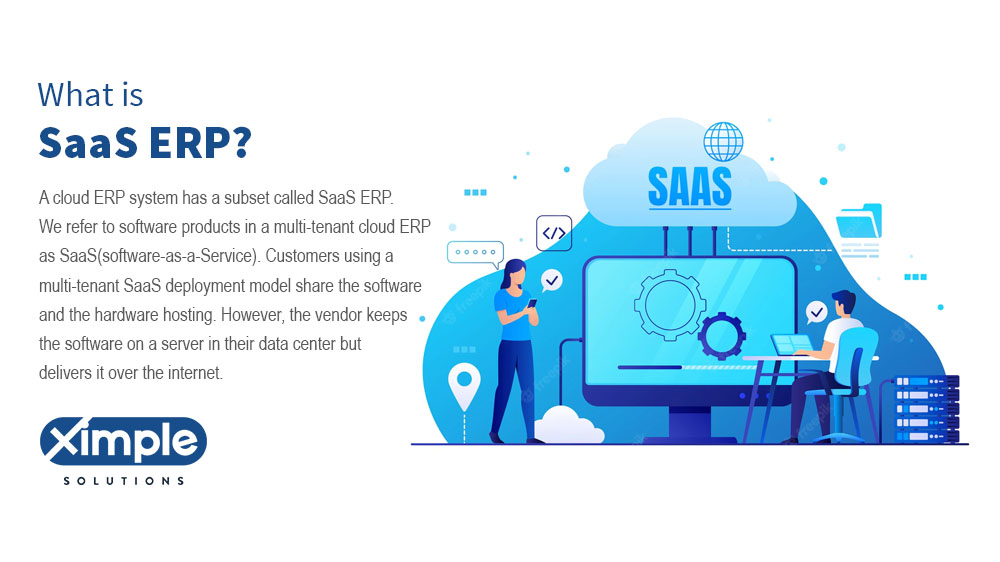
What Is SaaS ERP? Best ERP SaaS in 2025
This article is great reference for IT and Business professionals interested in understanding the basics of SaaS ERP (Software as a Service Enterprise Resource Planning), how it works, and its benefits and disadvantages compared to other ERP solutions. It also provides an overview of the features offered and the cost involved with SaaS ERP. Recent […]
Read More
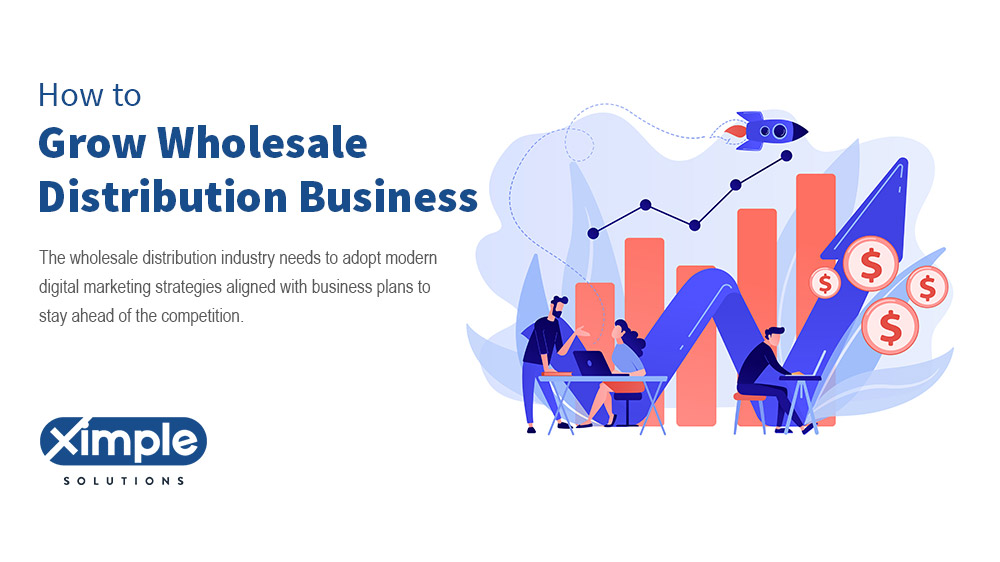
How To Grow Wholesale distribution business and Double Your Sales?
According to Wholesale Global Market Report 2022 – Research and Markets, the global wholesale market is expected to grow at a compound annual growth rate (CAGR) of 9.1%.to $65,613.18 billion by 2026. The wholesale Industry is challenging and distribution businesses lag behind many other industries in adopting new technology. The wholesale distribution industry needs to […]
Read More
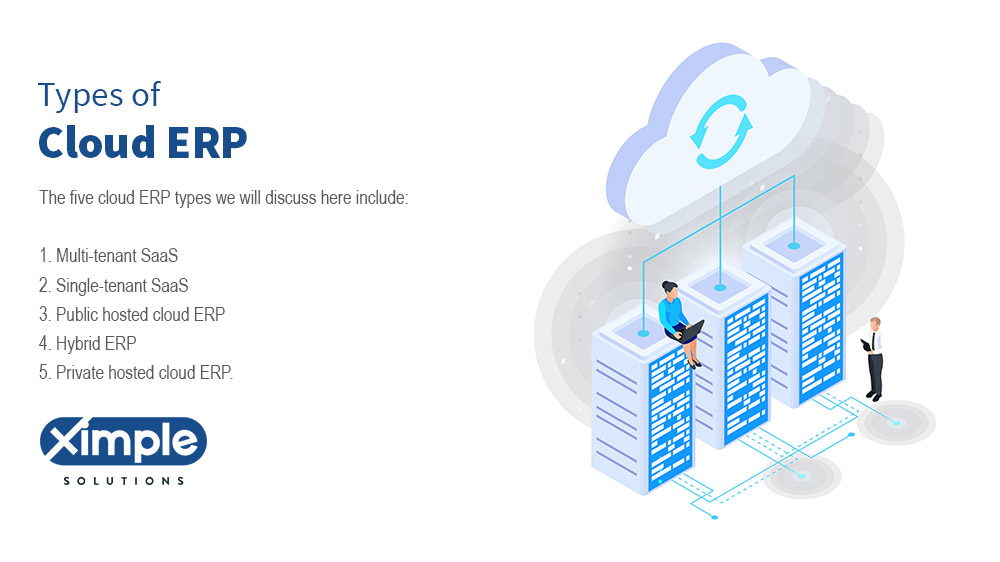
Types of Cloud ERP: Definition, Features, Benefits, and Challenges
The article, “Types of Cloud ERP” is for individuals or organizations considering using cloud ERP systems. It provides a comprehensive overview of five different types of cloud ERP deployments (Multi-tenant SaaS, Single-tenant SaaS, public-hosted cloud ERP, Hybrid ERP, and Private-hosted cloud ERP), including definitions, features, benefits, and challenges for each type. This information can help […]
Read More
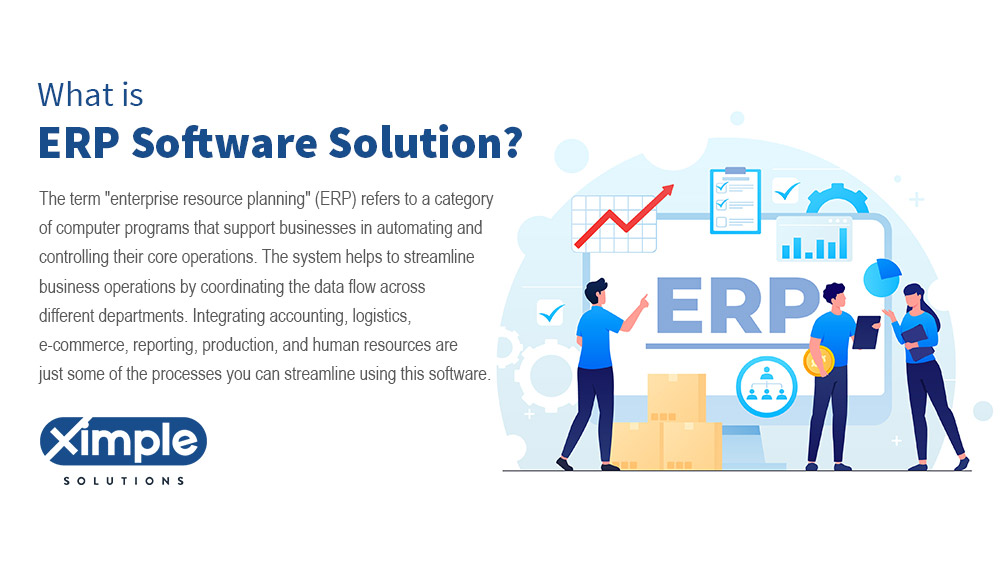
ERP Software Solution & Functions
This article is about ERP solutions and their importance for businesses. ERP, which stands for enterprise resource planning, is a category of computer programs that help businesses automate and control their core operations. The article discusses how ERP technology can help unify business operations and provide businesses with enterprise knowledge, speed, and flexibility to optimize […]
Read More
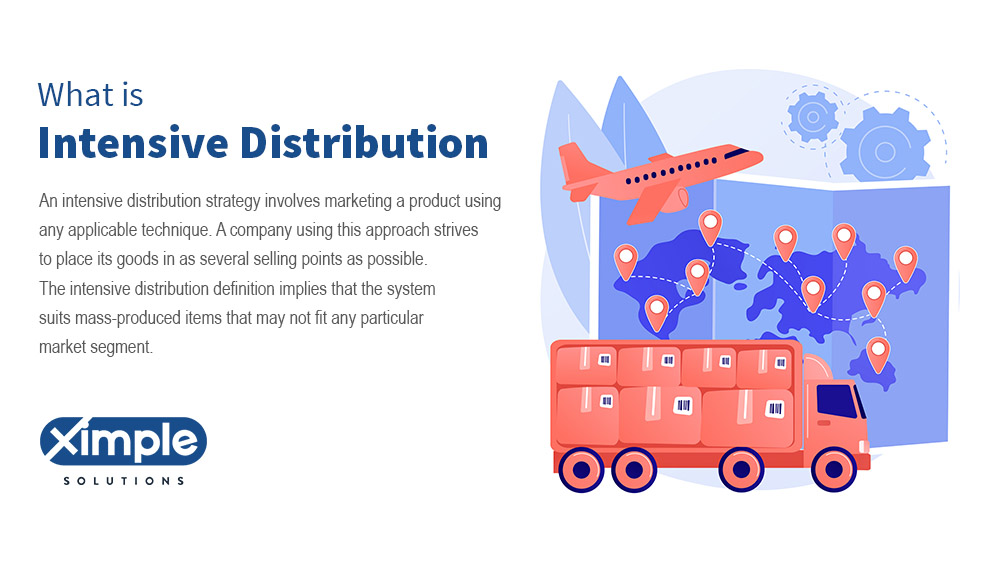
What Is Intensive Distribution? Strategies & Examples
This article is about Intensive Distribution, a distribution channel for delivering goods to as many customers as possible. It is a useful read for individuals or companies looking to learn about the concept of Intensive Distribution and how it can be applied to their business. The article covers topics such as what is Intensive Distribution, […]
Read More
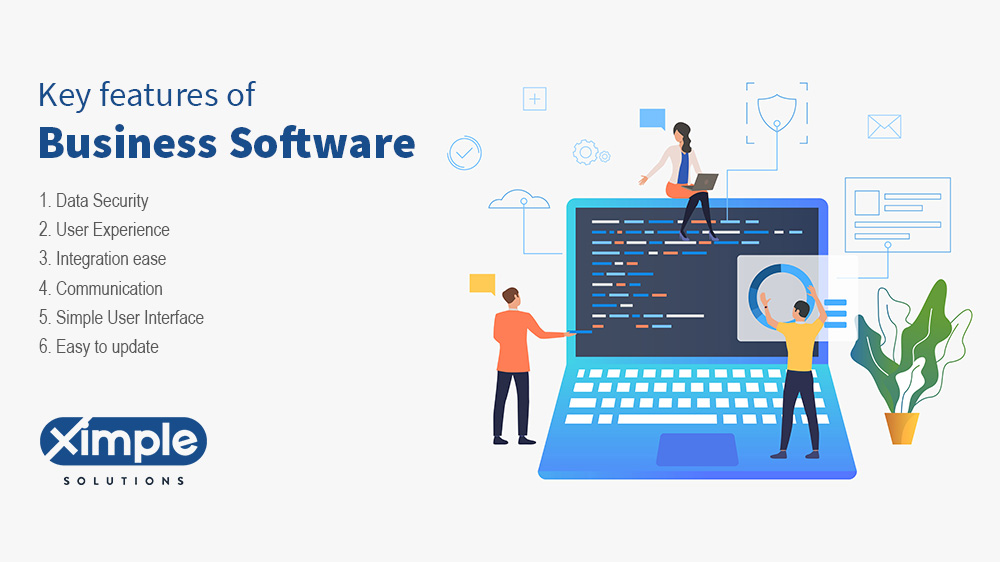
What is Business Software? Features & Deployment options
This article is ideal for business owners, managers, and professionals who are looking to improve their business processes through the use of software. The article discusses the key features of business software and deployment options, making it a useful resource for anyone considering implementing business software in their organization. The article also highlights common software […]
Read More
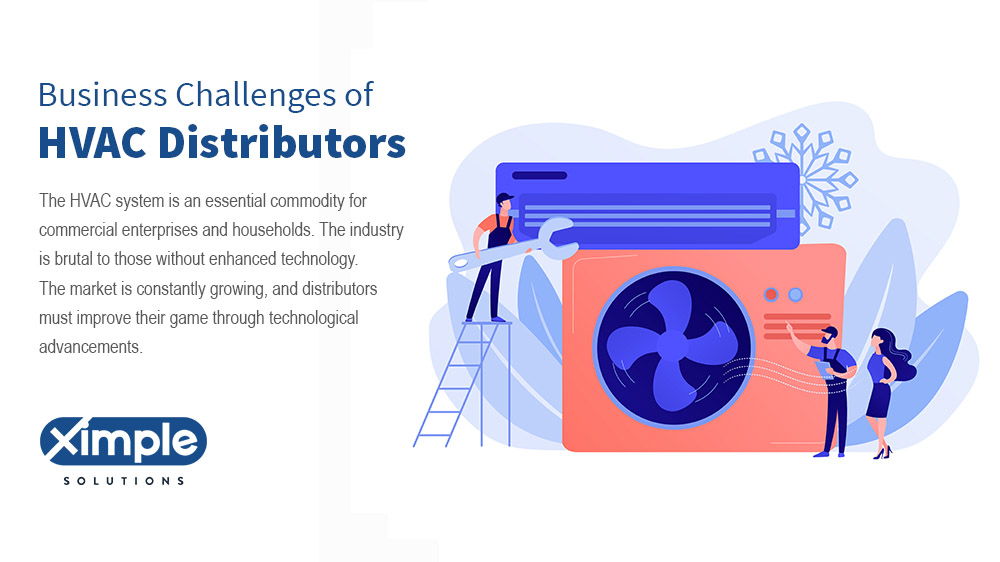
HVAC Software for Distributors
This article is primarily intended for HVAC distributors who are facing business challenges and want to improve their efficiency through technological advancements. It provides information on the benefits of ERP software for HVAC distributors and the specific features and criteria to consider when choosing an ERP system. It also covers the implementation process and the […]
Read More
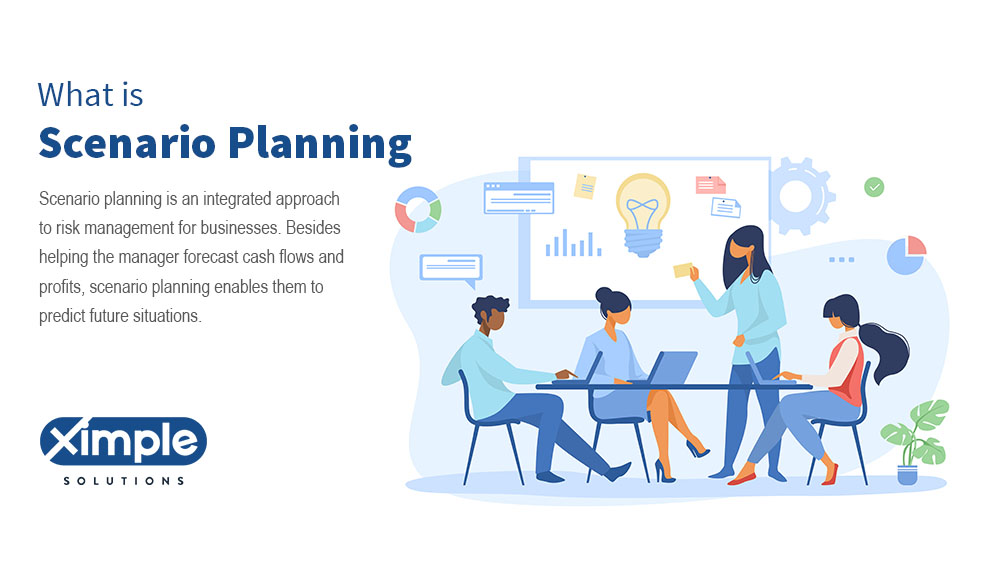
Scenario Planning: Strategy, Steps, and Examples
This article on scenario planning is useful for business managers, decision-makers, and anyone interested in risk management and forecasting future events for businesses. It provides an overview of the scenario planning process, steps involved, scenario planning tools, and examples of scenario planning. It also outlines the pros and cons of scenario planning and the importance […]
Read More
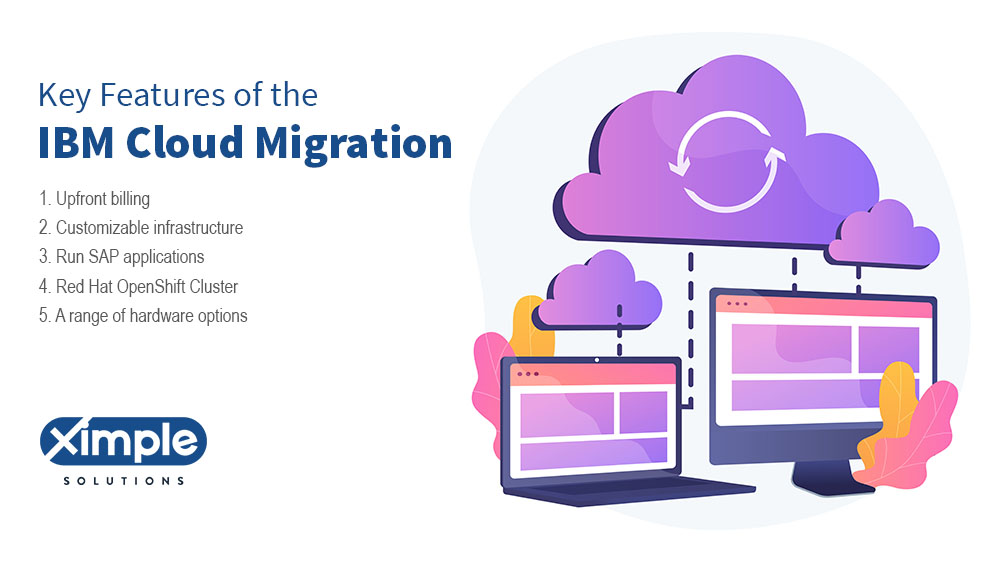
Cloud Migration: IBM Power system, IBM i (AS400) & AIX
This article would be useful for businesses and individuals who are interested in learning about IBM Cloud migration and specifically the migration of IBM Power Systems, IBM i (AS400) & AIX to the cloud. It provides information on IBM Cloud migration strategy, key features, use case examples, network architecture, connectivity configuration, backup and migration strategies, […]
Read More
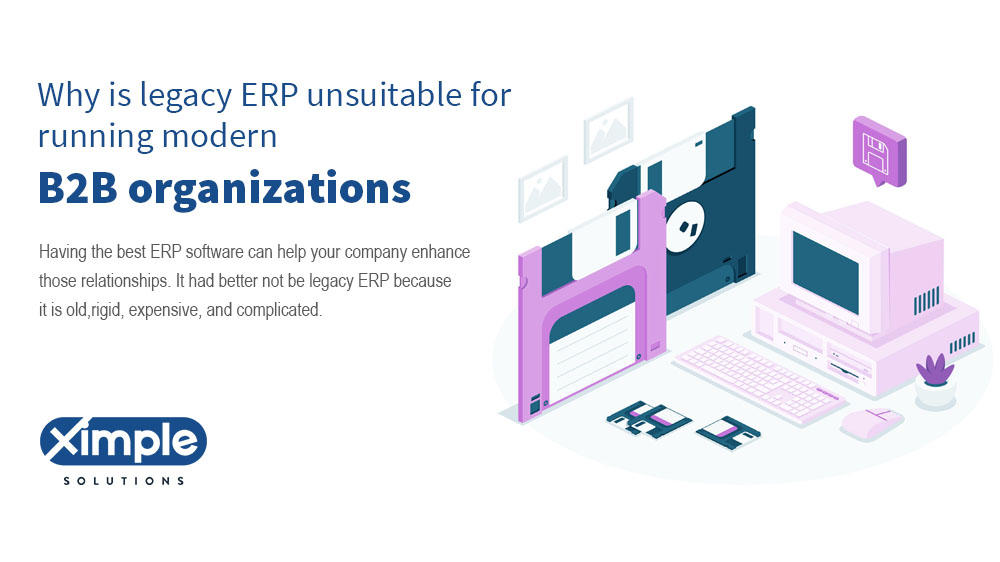
What is Legacy ERP? Why need to Upgrade?
This article is relevant for B2B businesses that are currently using a legacy ERP system and are looking to understand why it may not be suitable for their modern customer expectations. It is also relevant for those who are in the market for an alternative cloud-based ERP system and are interested in learning about Ximple […]
Read More
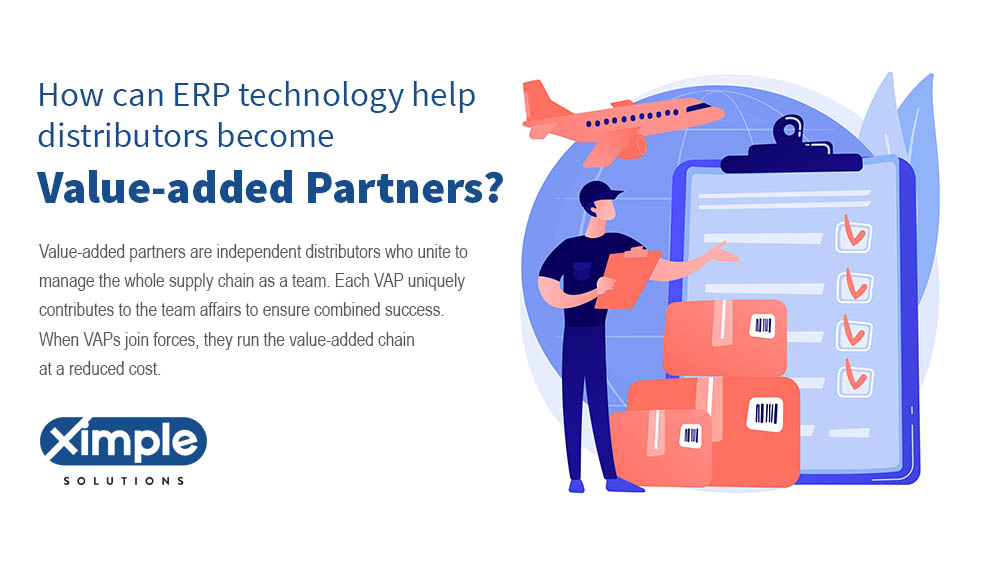
How can ERP technology help distributors become value-added partners?
This article is relevant to wholesale distributors who want to become value-added partners in their industry. It explains how ERP technology can help distributors achieve their goals of improving sales, reducing costs, enhancing collaboration through data sharing, and building closer customer relationships. It emphasizes the importance of an open-architecture ERP system for distributors to manage […]
Read More
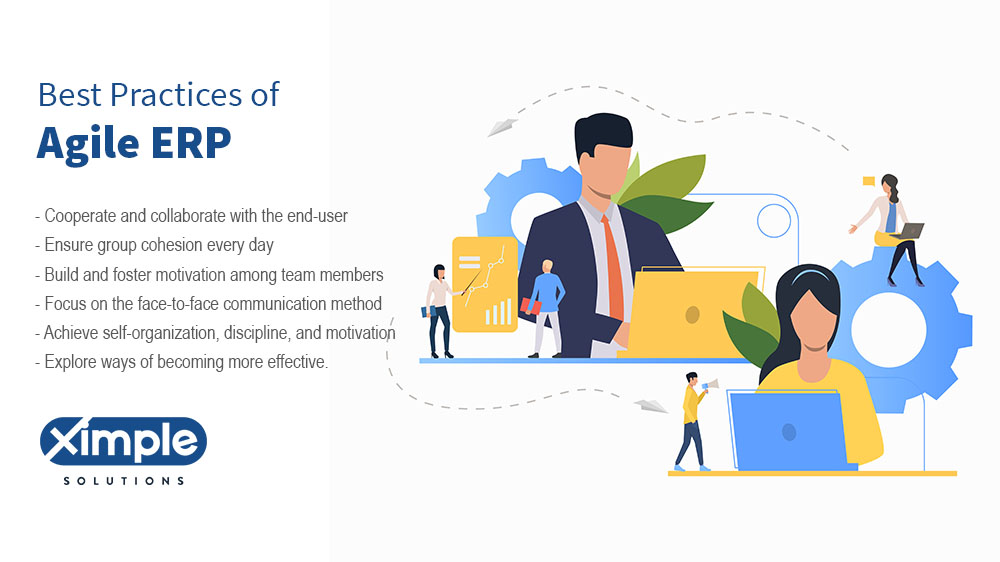
What is Agile ERP? Implementation & Benefits
This article is intended for individuals and organizations interested in learning about Agile methodology in Enterprise Resource Planning (ERP) implementation. It describes the characteristics of Agile ERP, best practices, implementation steps, benefits, critical success factors, and frequently asked questions. The article highlights that the Agile ERP deployment strategy is popular due to its reliability, fast […]
Read More
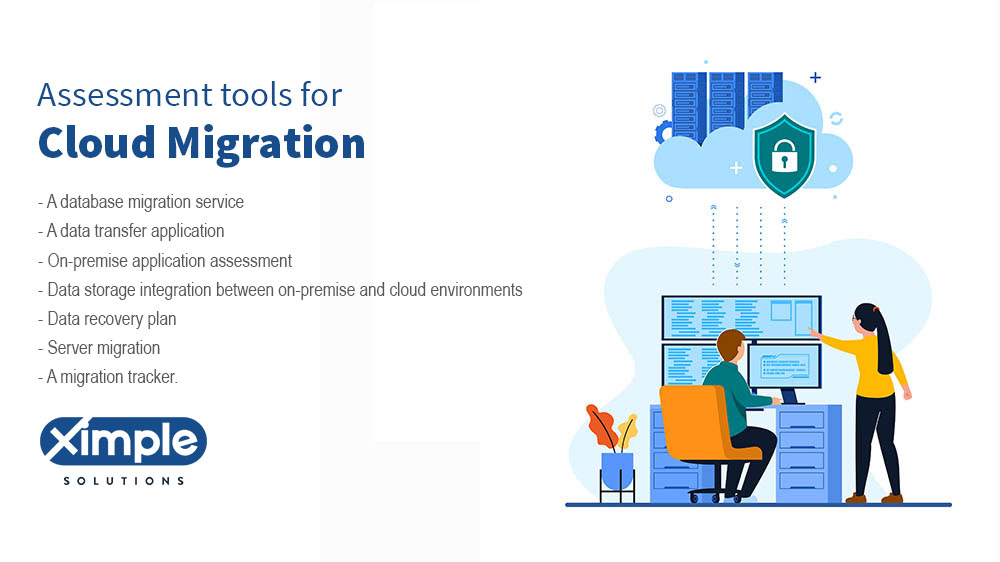
What is the Cloud Migration Process?
This article provides information on the cloud migration process. The target audience is companies looking to shift their IT resources and applications to the cloud. The article explains different cloud migration deployment models and considerations that should be taken into account before executing the cloud migration process. The article also provides information on cloud migration […]
Read More
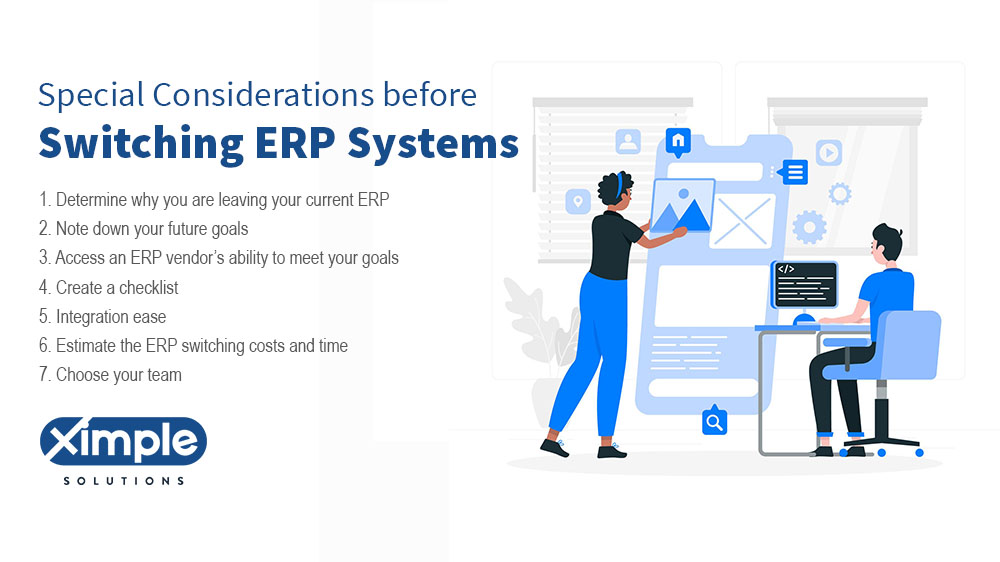
Switching ERP systems
This article is intended for anyone considering switching their enterprise resource planning (ERP) software. It provides an in-depth discussion of the special considerations before switching, challenges that may arise, and the benefits of switching to cloud-based ERP systems. The article also includes an ERP selection process and implementation tips. Are you thinking of changing your […]
Read More
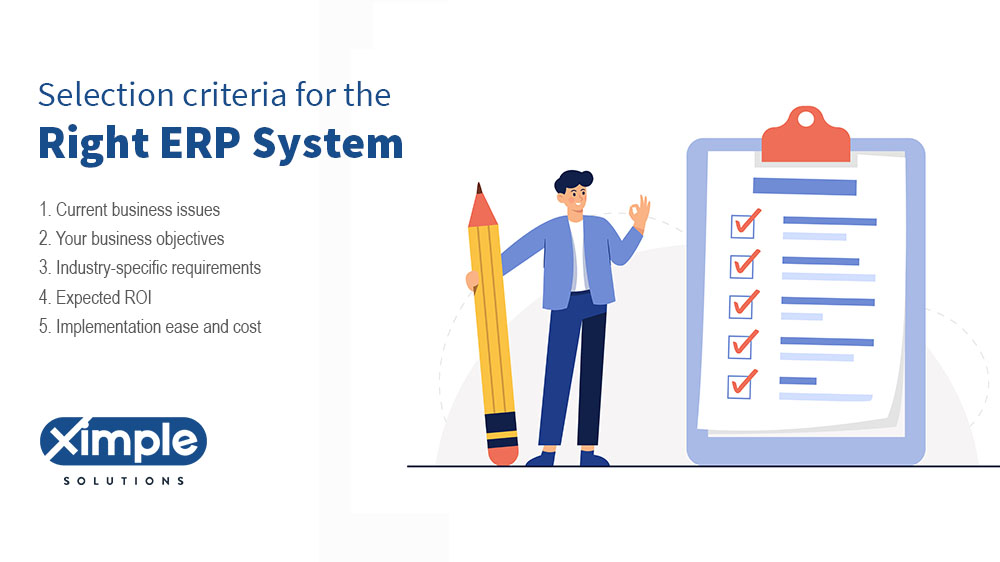
How to Select The Right ERP System?
This article is relevant for businesses that are facing issues with productivity, high operation costs, poor scheduling and planning, and lack of growth. It provides information on how to select the right ERP system for their organization, including types of ERP systems, an ERP requirement list, and selection criteria for the right ERP system. The […]
Read More
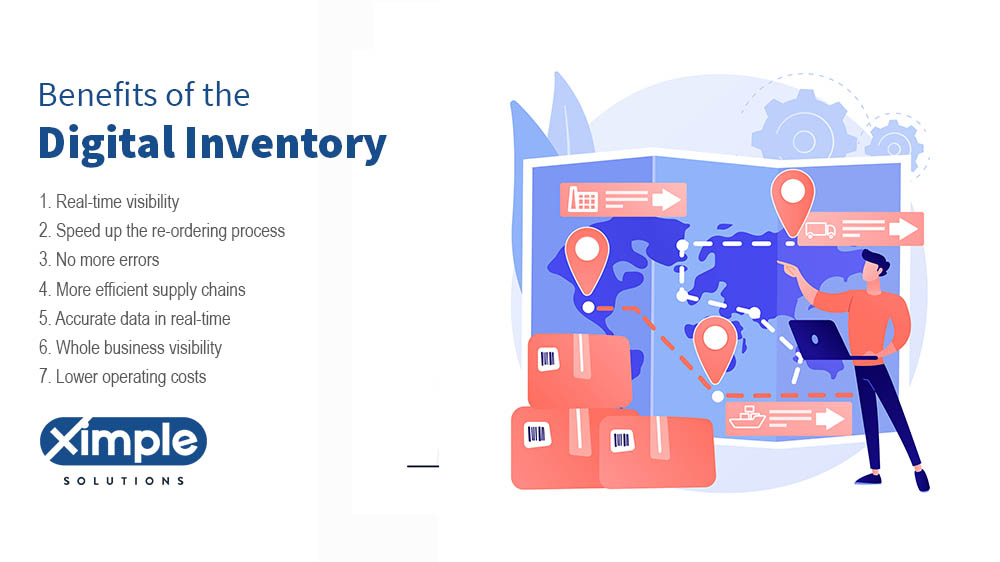
Why is Digital Inventory essential to drive up profitability?
This article is relevant for small and medium-sized businesses that are looking to optimize their inventory management processes. The article discusses the importance of digital inventory and the benefits of using inventory management technology, such as real-time visibility, speedier re-ordering, and more efficient supply chains. The article also explores the challenges of digital inventory management, […]
Read More
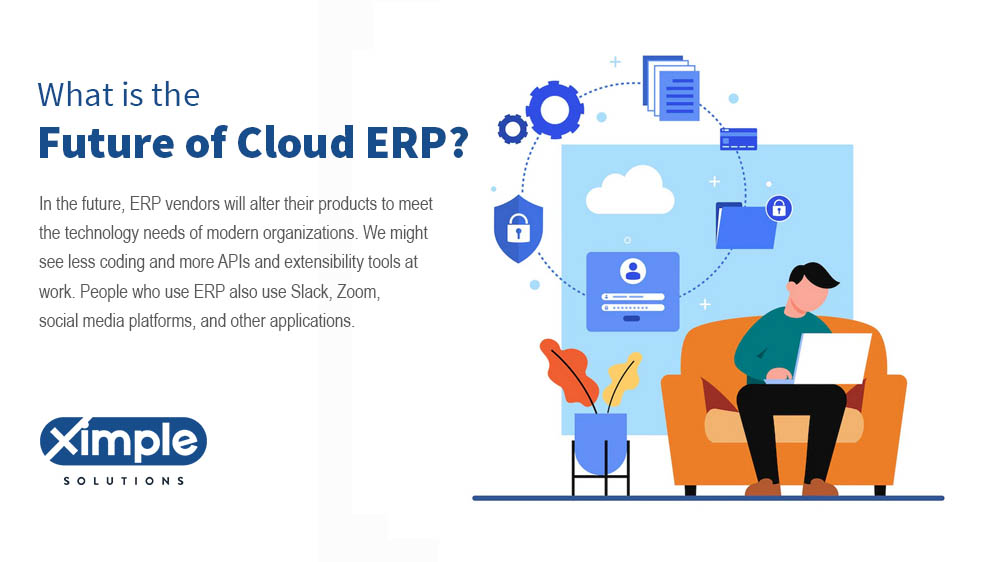
What is the Future of Cloud ERP?
This article is relevant for anyone interested in learning about cloud ERP and its benefits, challenges, and future trends. It discusses the advantages of running ERP on the cloud, the different types of cloud-based ERPs, and the implementation process. The article also covers the challenges of cloud ERP adoption and how the ERP industry is […]
Read More
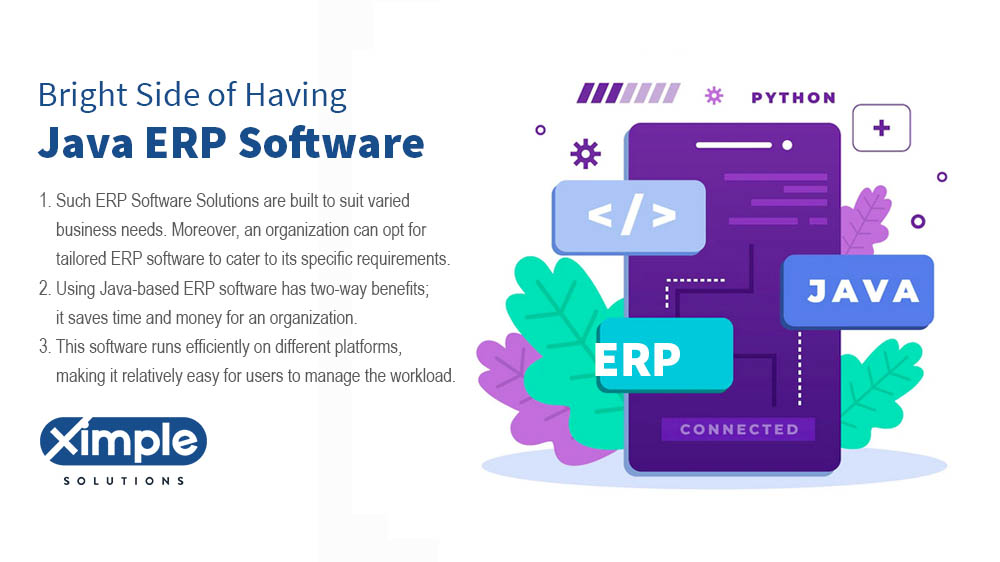
Java ERP Software Solutions: The Most Efficient Way To Organize Work
One of the top five most used programming languages- Java, has captured more than 30 percent of the market share. Hundreds and thousands of companies today utilize ERP. One of the crucial components behind the development of an ERP system is Java. Companies today need robust applications or software that can make their work smooth […]
Read More
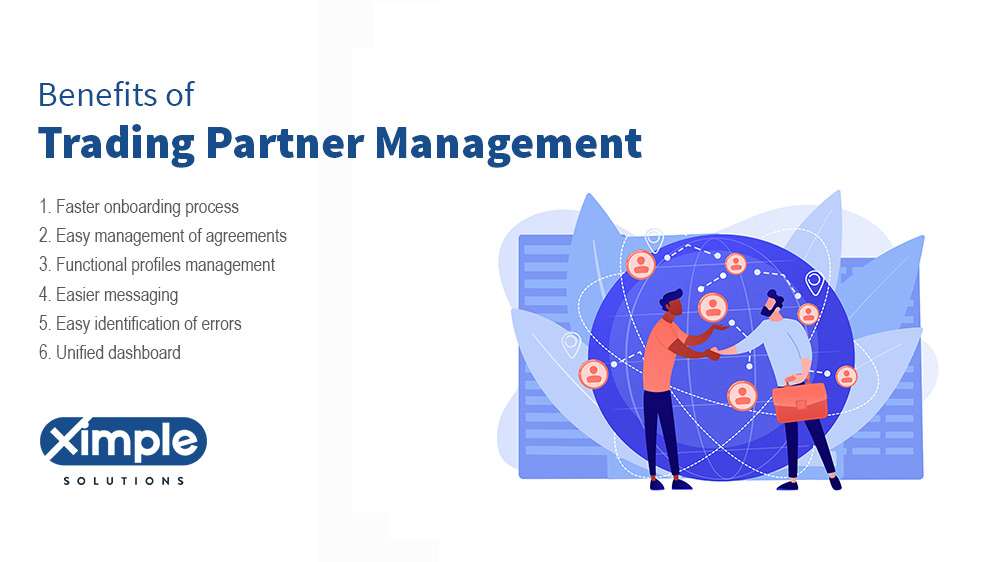
Trading Partner Management Introduction & Overview
This article is intended for those interested in Business-to-Business organizations and the use of Trading Partner Management (TPM) software to simplify and manage Electronic Data Interchange (EDI) business relationships with several trading partners. It covers the benefits and challenges of TPM, its features, protocols, and tools, as well as the connection between TPM, ERP, and […]
Read More
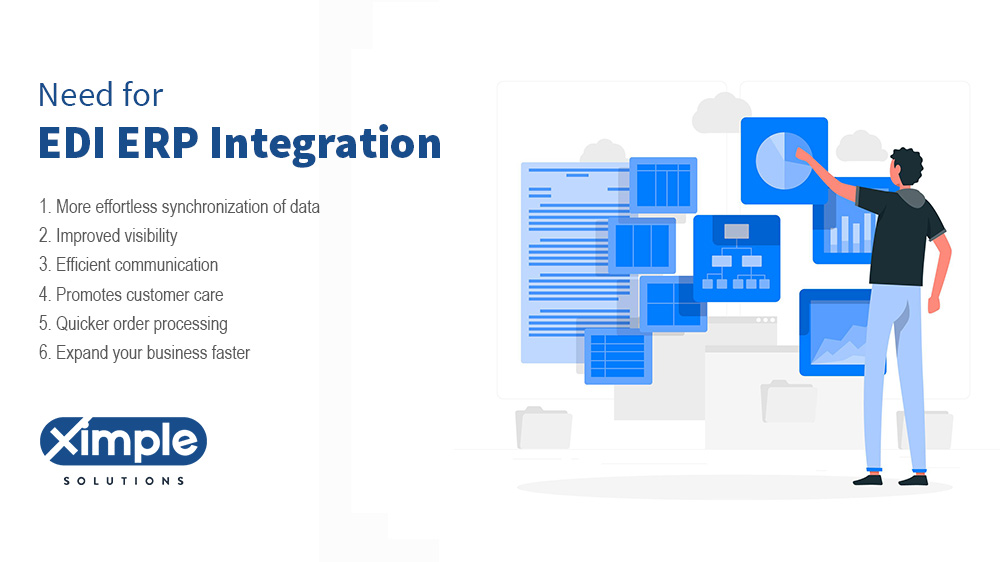
EDI and ERP – What Does This Mean? EDI-ERP Integration
Enterprise Resource Planning vendors regularly mention the term EDI. But what do they mean? EDI refers to Electronic Data Interchange. Discovered in 1980, EDI is a technology for exchanging documentation from one PC to another. ERP is business management software that puts everything into a single centralized database. It produces real-time updates from various business […]
Read More
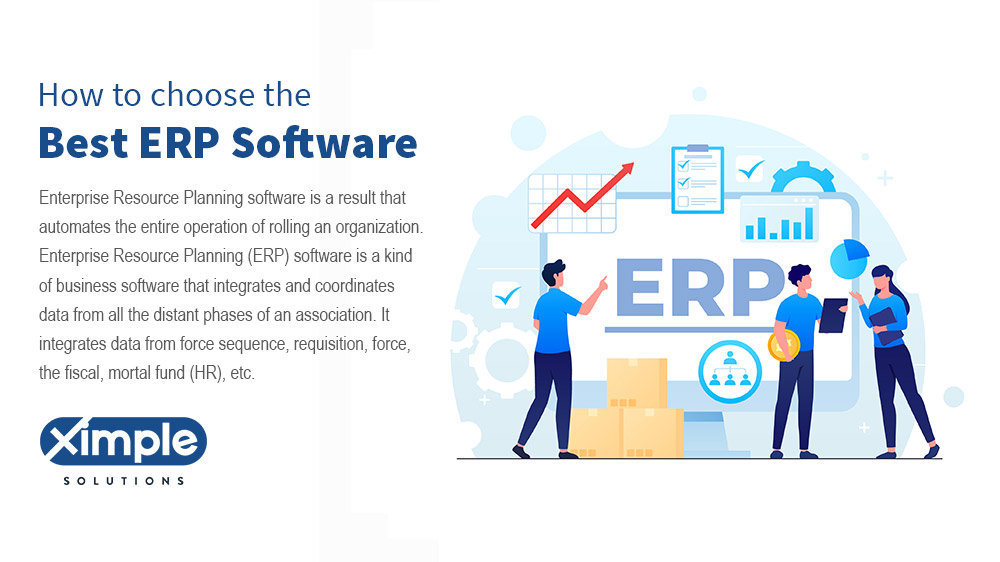
Best ERP Software Development Company
Ximple Solutions is a leading ERP software consulting and development firm with expertise in ERP & B2B eCommerce. We are committed to providing customized solutions and industry-leading service to clients worldwide. We specialize in helping wholesale distribution businesses and organizations by providing integrated solutions to automate and streamline their operations. We are a leading ERP […]
Read More
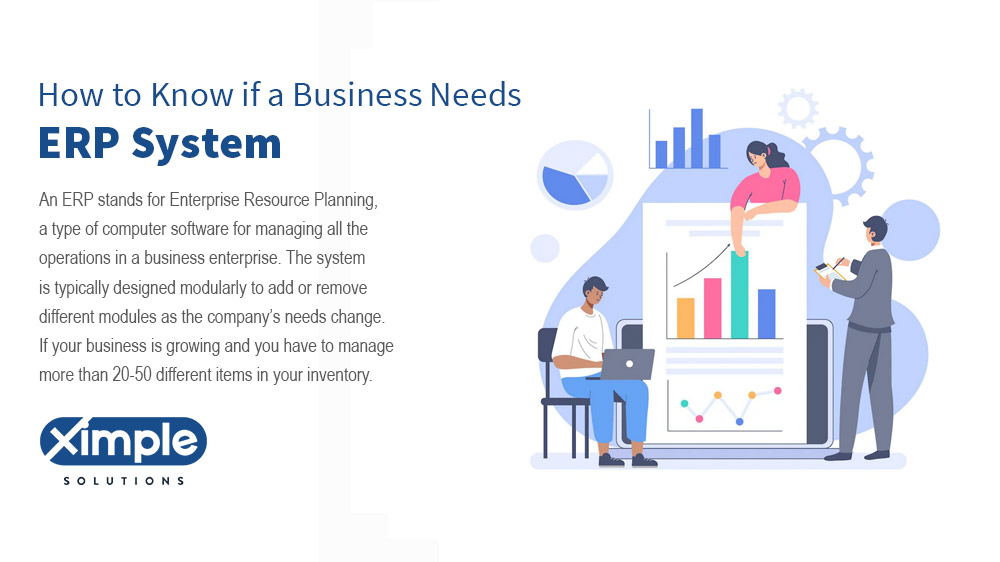
Fastest Growing ERP Software
An enterprise resource planning (ERP) system is a computer software application that manages and integrates the data and activities of an organization across various departments, such as production, inventory, human resources, and finance. Enterprise resource planning systems are also called integrated business systems. An ERP system is software that has many features and benefits, depending […]
Read More
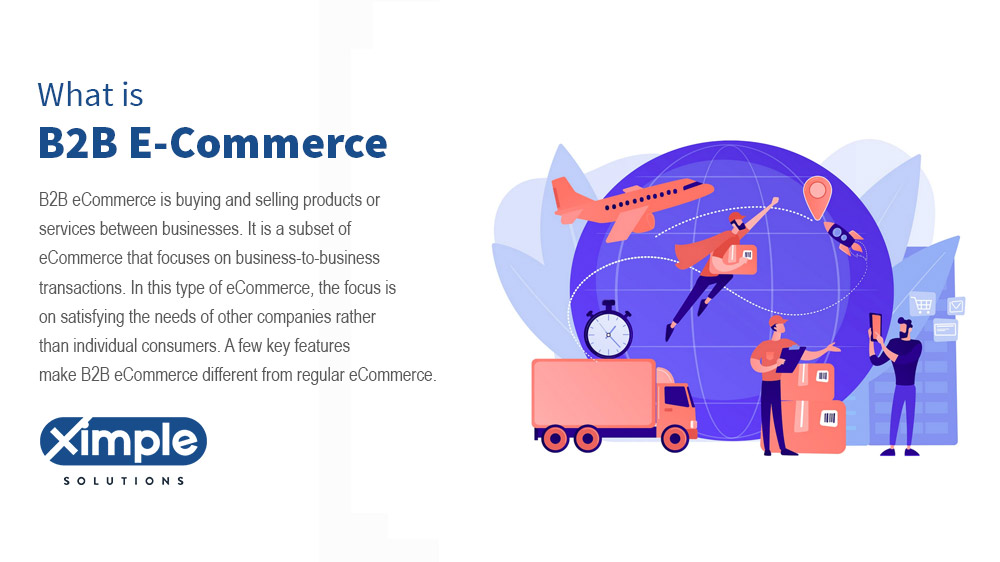
B2B eCommerce for Distributors
Need to manage your operations and customer relations better? Ximple Solutions is an ERP consulting and software firm with experienced and certified professionals who will come to your business and help you choose the best ERP software for your needs. We’re a one-stop solution for implementing innovative Cloud ERP technologies and maximizing productivity. Ximple Solutions […]
Read More
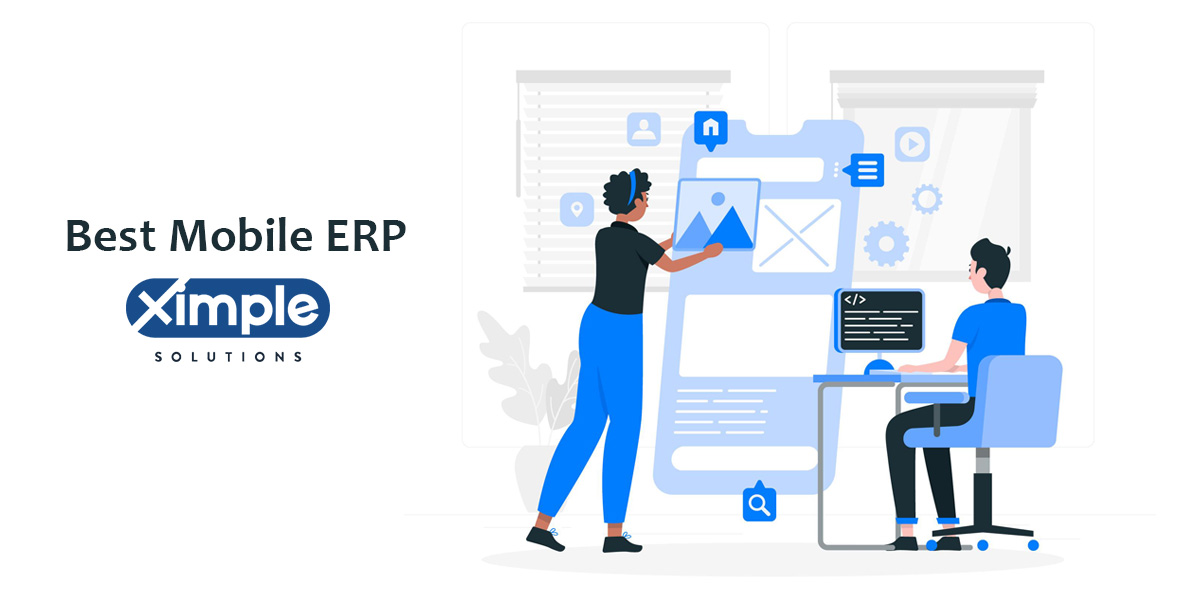
Mobile ERP – Best Software Application
Table of Contents Mobile ERP Definition Best ERP Apps Key Benefits of Mobile ERP Key Features of Mobile ERP ERP Mobile ERP Application Development Ximple Mobile ERP: the Best Mobile Conclusion No one should underestimate the power of the Enterprise Resource Planning (ERP) system. Virtually every business needs it regardless of its size or field. […]
Read More
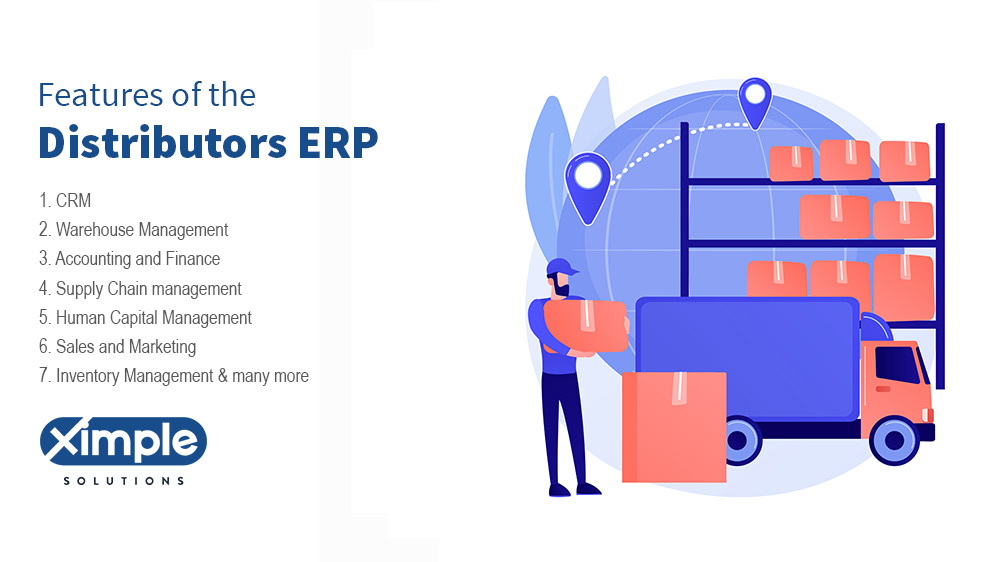
ERP Software for Wholesale Distributors
Do you intend to open a wholesale distribution business or run one already? A wholesale company has its challenges and opportunities. After gaining prominence, however, a wholesale business can perform well. One way to manage wholesale activities better is to install the best ERP Software for Wholesale Distributors. This software will help you overcome most challenges, […]
Read More
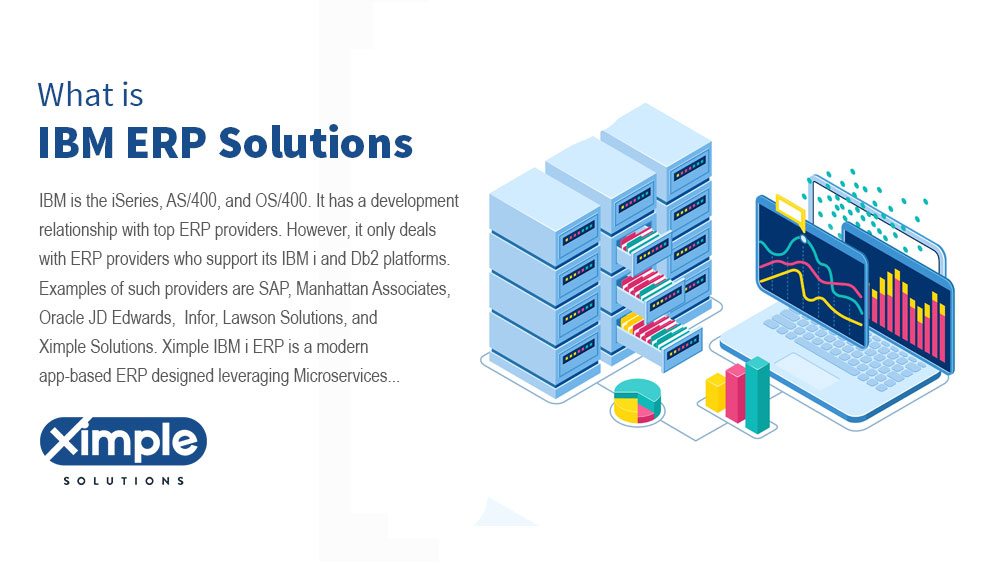
IBM ERP: Things to know about IBM Solutions
This article is about IBM Enterprise Resource Planning (ERP) and various IBM ERP solutions that exist in the market. It discusses the different providers that use the IBM platform to offer their software to businesses. These providers include SAP, Oracle, Infor, Lawson, Manhattan Associates, and Ximple Solutions. The article explains the features and benefits of […]
Read More
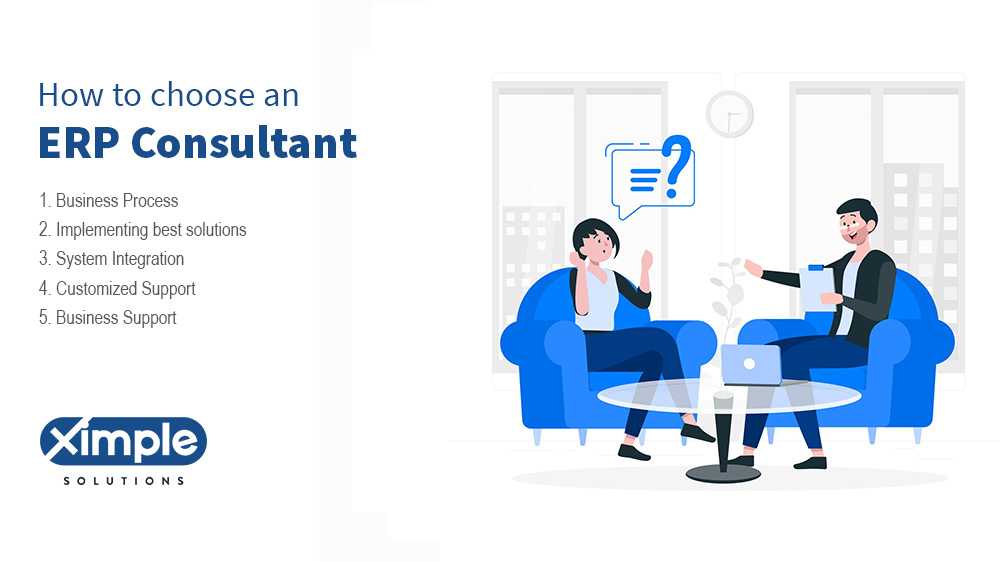
Ximple Solutions: An ERP Software Selection Consultant
ERP software selection consultant blog covers several important topics related to ERP software and the role of an ERP software solution consultant. It starts with a brief introduction of ERP software consultants, followed by a discussion of what ERP software solution consultants do and what Enterprise Resource Planning (ERP) means. The article then explains the […]
Read More
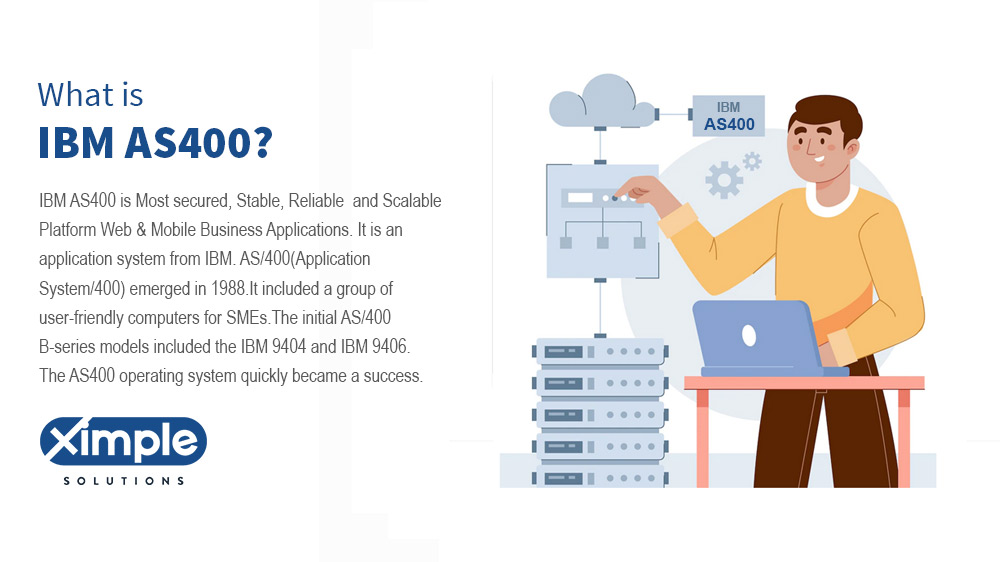
What is AS400?
This article about AS400 provides an overview of the history of the platform, its characteristics, who still uses it, why companies still use it, its pros and cons, integrated web services, top facts about IBM AS/400, new uses of the iSeries AS/400, and answers to frequently asked questions. The article concludes that the IBM i […]
Read More
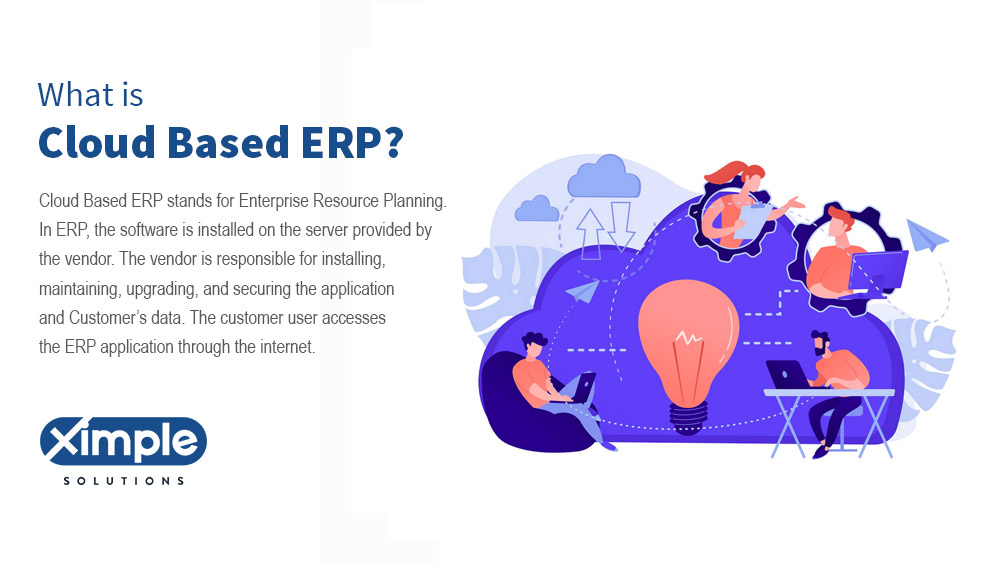
What is Cloud-Based ERP Systems and How Does it Work?
This term covers internet-hosted services, and people often ask: “What are cloud-based ERP systems?” Clouds can be public or private, and anyone can buy the service. Private clouds tend to be for companies or small groups of users. Over the years, the cloud has become more popular, and it continues to grow. Cloud-based ERP stands for Enterprise […]
Read More
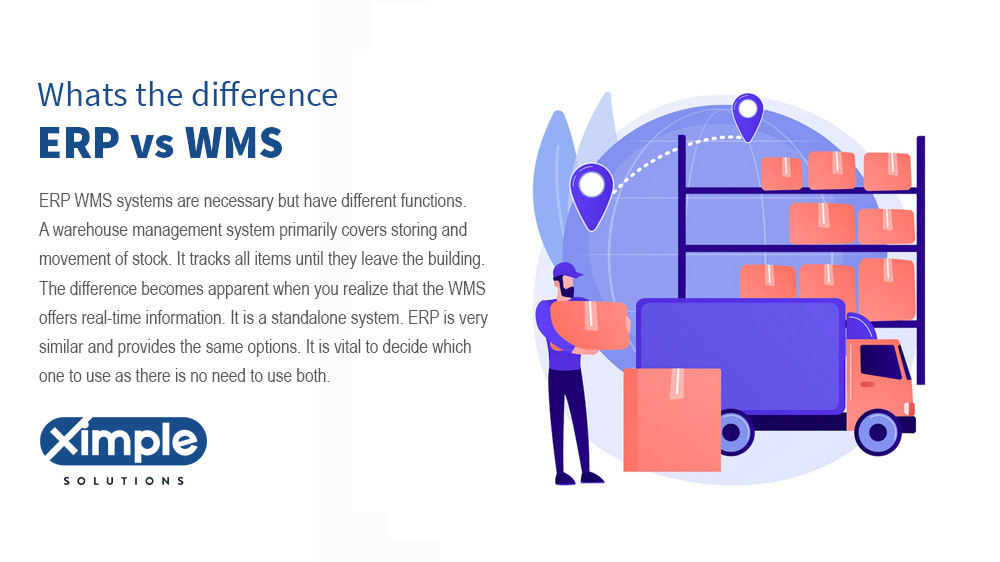
ERP vs WMS: What is the main difference between ERP and WMS
ERP vs WMS both are important systems for supply chain management and business operations and managing resources of the company. ERP system is a combination of multiple modules related to manufacturing and distribution business while WMS is mainly focused on improving warehouse and inventory processes. What is WMS? Warehouse staff will appreciate a Warehouse Management […]
Read More
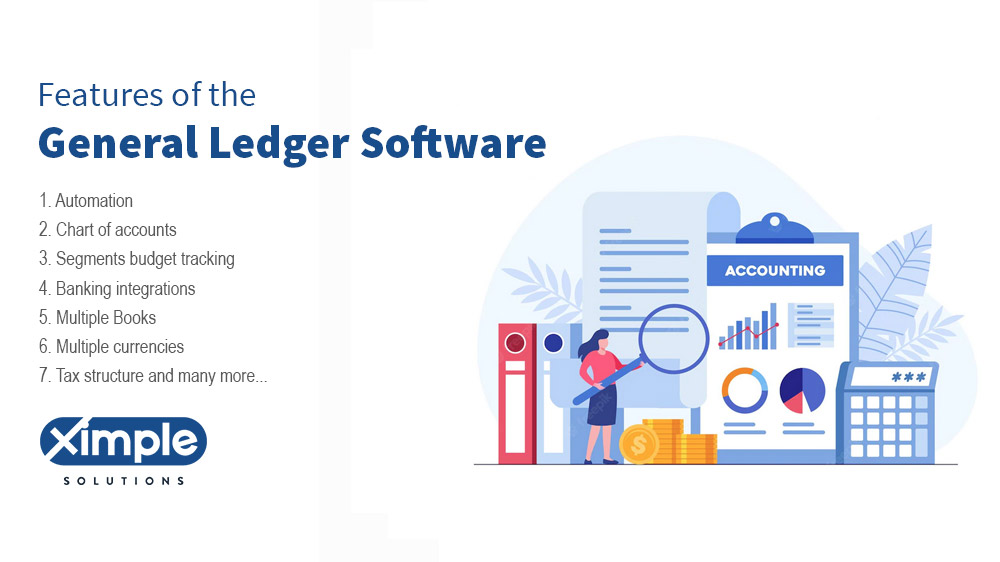
What is General Ledger Accounting Software?
The blog is about General Ledger Accounting Software, specifically for those in the accounting and finance departments of a business. The article covers various aspects of General Ledger Software, including its features, cloud-based and on-premise options, cost, and upgrading options. The article is useful for those who want to understand the benefits of using General […]
Read More
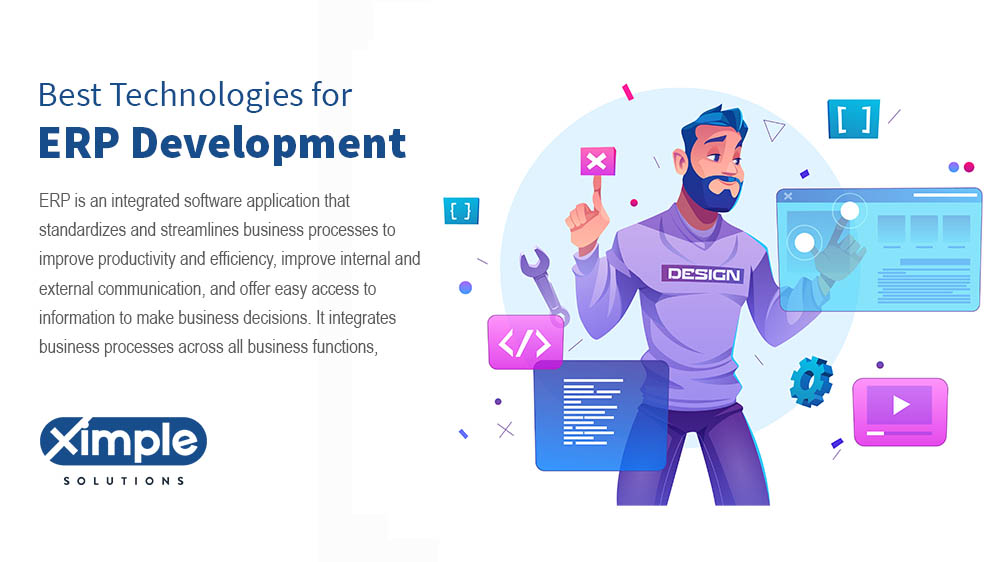
Best Technologies for ERP Development | React ERP | Angular ERP
ERP is an integrated software application that standardizes and streamlines business processes to improve productivity and efficiency, improve internal and external communication, and offer easy access to information to make business decisions. It integrates business processes across all business functions, including accounting, finance, human resources, purchasing & procurement, distribution, manufacturing, warehousing, inventory management, sales, and other departments. Enterprise Resource Planning (ERP) systems operate […]
Read More
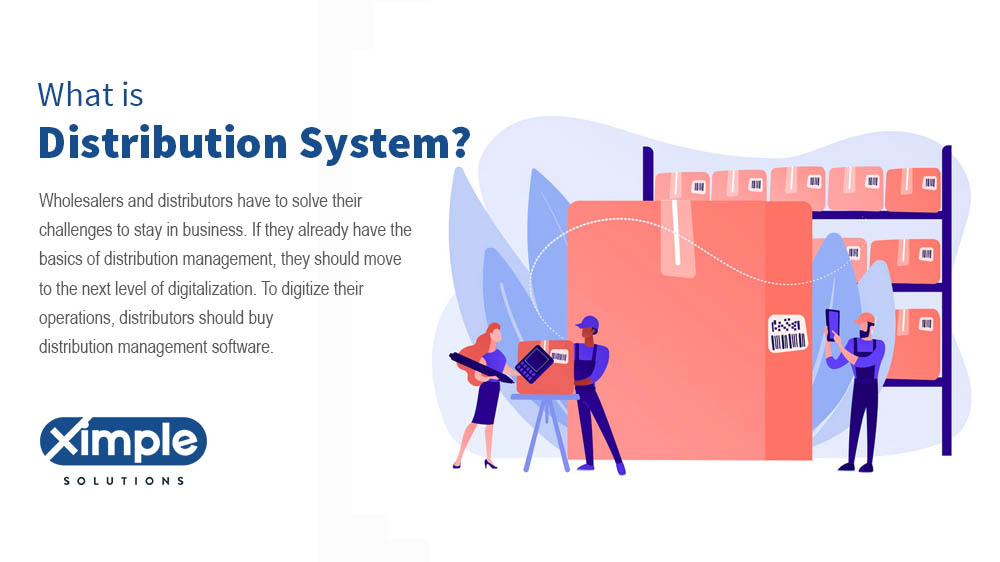
What is a Distributor Management System?
This article is about the benefits of using a Distributor Management System (DMS) for distribution companies. It discusses how a DMS automates and optimizes the delivery process, helps in managing inventory and orders, and provides real-time sales analytics. It covers the benefits of using a DMS, such as improved order management, better inventory management, centralized […]
Read More
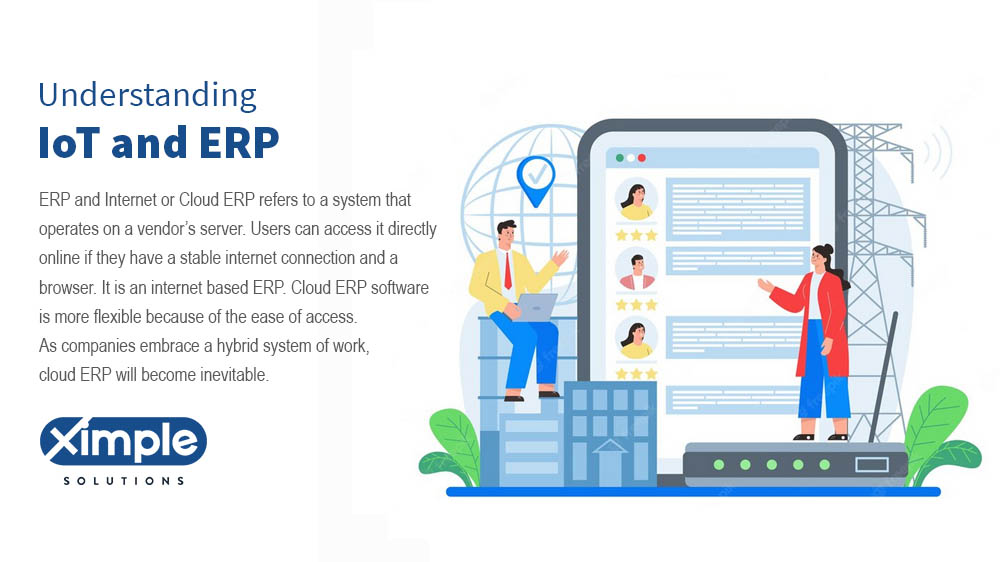
ERP and Internet – IoT and ERP
This article is ideal for managers and decision-makers in companies that are considering implementing an Enterprise Resource Planning (ERP) system and those who want to learn more about the integration of ERP with the Internet of Things (IoT). It is also suitable for IT professionals who are involved in the implementation and maintenance of ERP […]
Read More
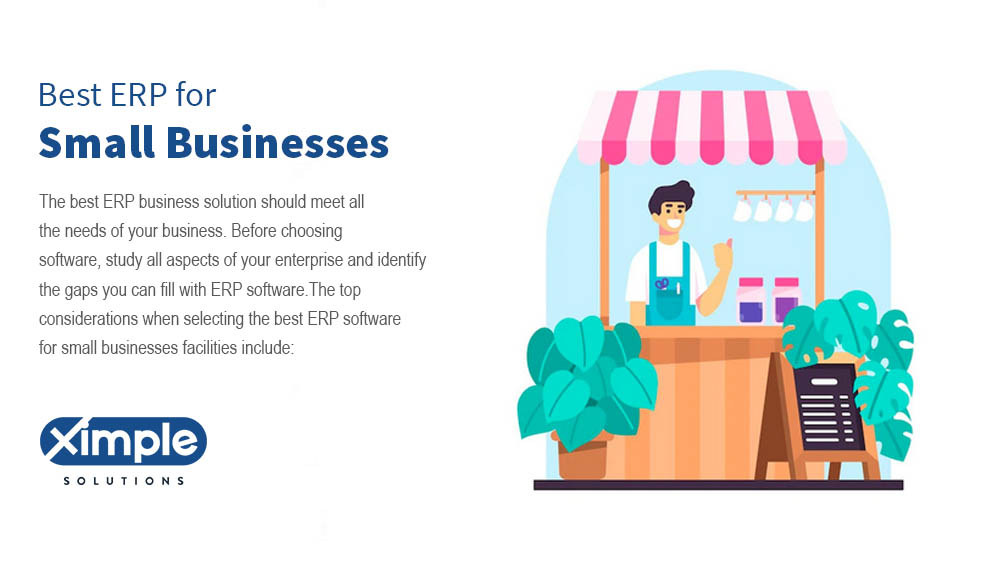
Ximple ERP for Small Business – SME
Small businesses can scale up their operations by obtaining an ERP for small businesses. ERP (Enterprise Resource Planning) software covers all areas of business management. It has different modules, and you can choose the ones that meet the needs of your business. Some modules include marketing, accounting and finance, human capital management, customer relationships management, project […]
Read More
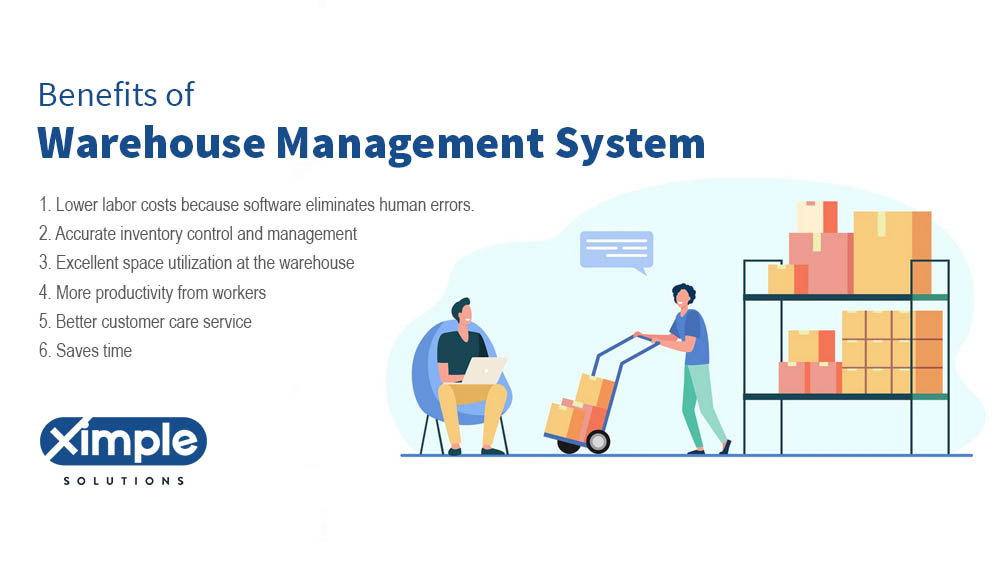
WMS – Warehouse Management system
There are different types of software for business management. One of the most popular software for suppliers is the warehouse management system or WMS. It is a tool that can help you manage and control everything that happens in your warehouse. From inventory management to order shipment, the warehouse management system is such a crucial […]
Read More
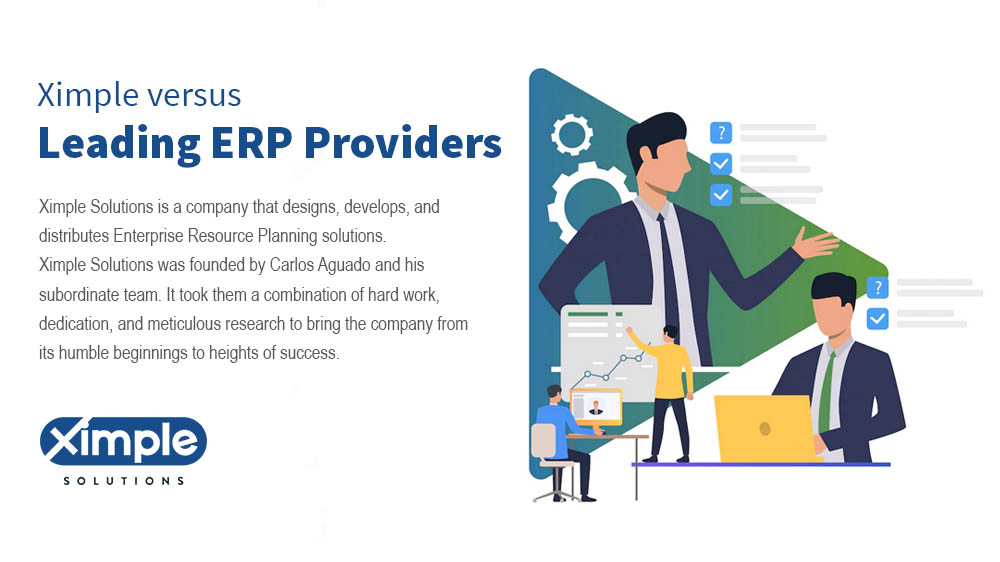
ERP Comparison- Ximple versus Leading ERP Providers
Enterprise Resource Planning software is an essential tool for businesses of all sizes and kinds. ERP does many redundant tasks, which can help reduce some of the overhead costs. With just one ERP software, a business can manage sales, accounting, finance, inventory management, warehouse management, human capital, projects, procurement, and customer relationships. Several software companies […]
Read More
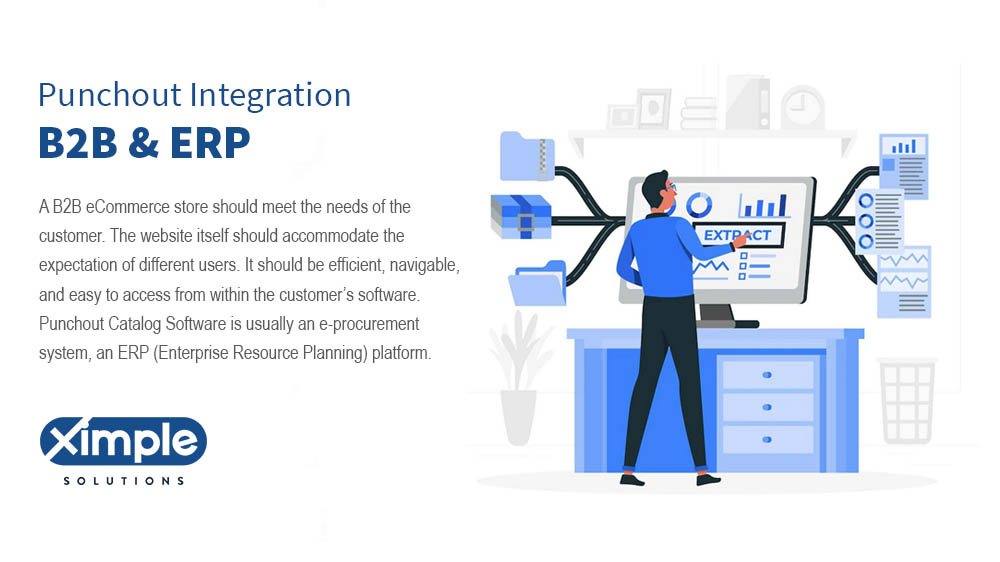
Punchout Software and Punch Out Integration with B2B & ERP
A B2B eCommerce store should meet the needs of the customer. The website itself should accommodate the expectations of different users. It should be efficient, navigable, and easy to access from within the customer’s software. Punchout Catalog Software is usually an e-procurement system, an ERP (Enterprise Resource Planning) platform. Conventional eCommerce websites are independent websites […]
Read More
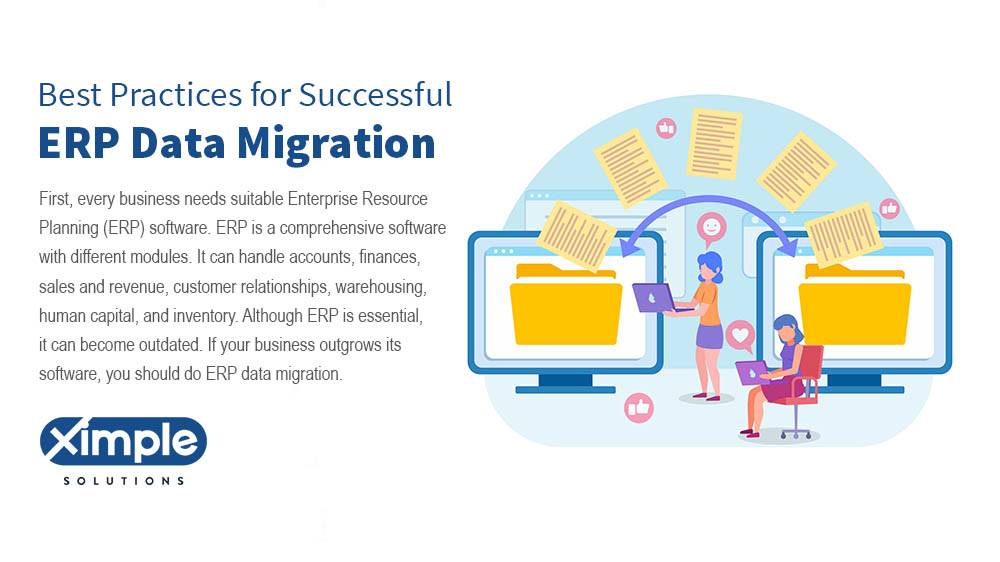
Best Practices for Successful ERP Data Migration
This blog provides an overview of the Enterprise Resource Planning (ERP) data migration process. It covers the reasons why a business might need to replace its current ERP software, the differences between upgrading and migrating data, and the challenges that may arise during the migration process. It also provides tips on choosing the right cloud-based […]
Read More
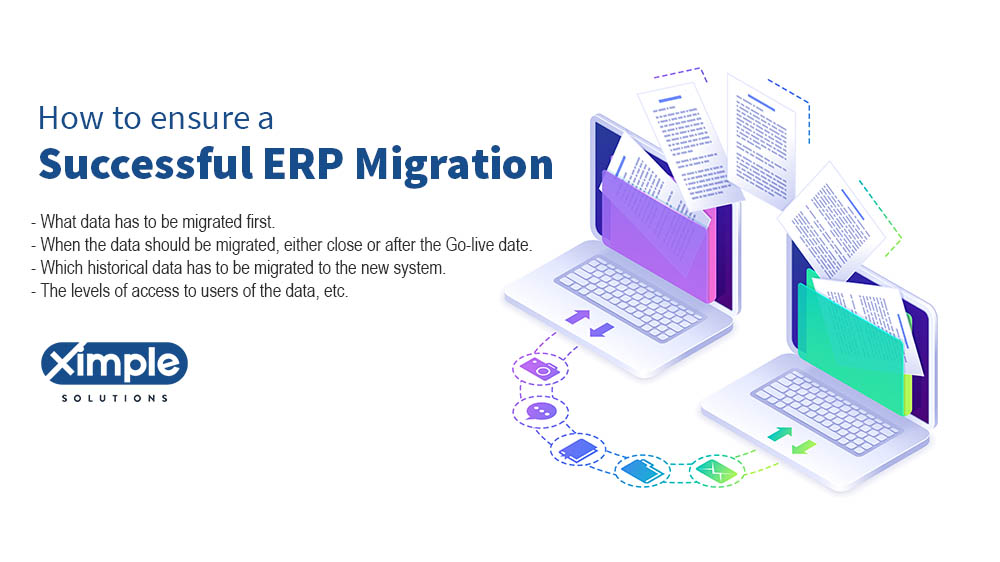
How to ensure a successful ERP Migration
Let’s Find out how to execute a successful ERP Migration An Approach to an ERP Migration Table of Contents Analyze the ERP Migration Project Review your Data and Processes before Migrating to ERP System Assign the Right People Remember That Time is of The Essence Test and Fix Issues if Needed Conclusion 1. ANALYZE THE […]
Read More
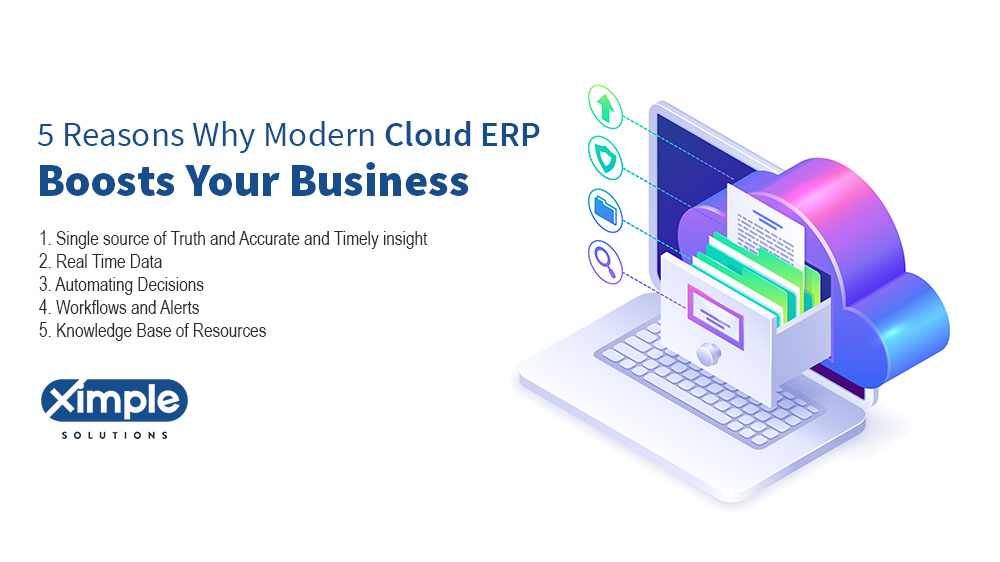
5 Reasons Why Modern Cloud ERP Boosts Your Business?
Digital disruption has introduced more data sources, more channels, more complex business models, and increased globalization. Along with it have come mobile, social, analytics, and many other technological innovations. With modern Cloud ERP organizations can Achieve greater Productivity and Control. let’s find out 5 Reasons Why Modern Cloud ERP Boosts Your Business. In this environment, […]
Read More
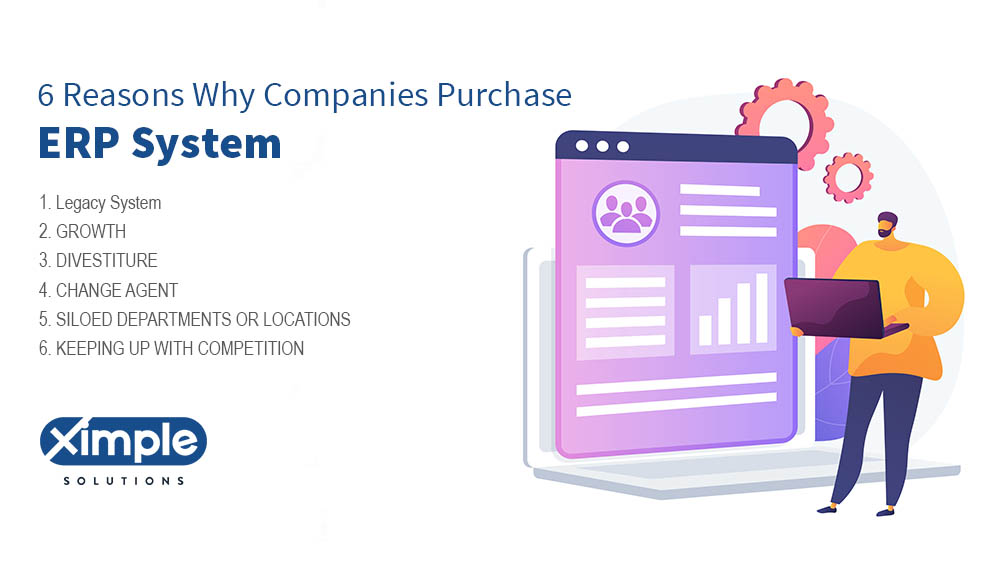
Top 6 Reasons Why Companies Purchase an ERP System?
Now is ERP system offers you many different selections to help providers accomplish this objective. However, leading ERP applications goes beyond handling daily operations by providing tools to induce customer involvement and incite customer devotion. let’s identify Why Companies Purchase an ERP System Table of Contents 1. Legacy System 2. GROWTH 3. DIVESTITURE 4. CHANGE […]
Read More
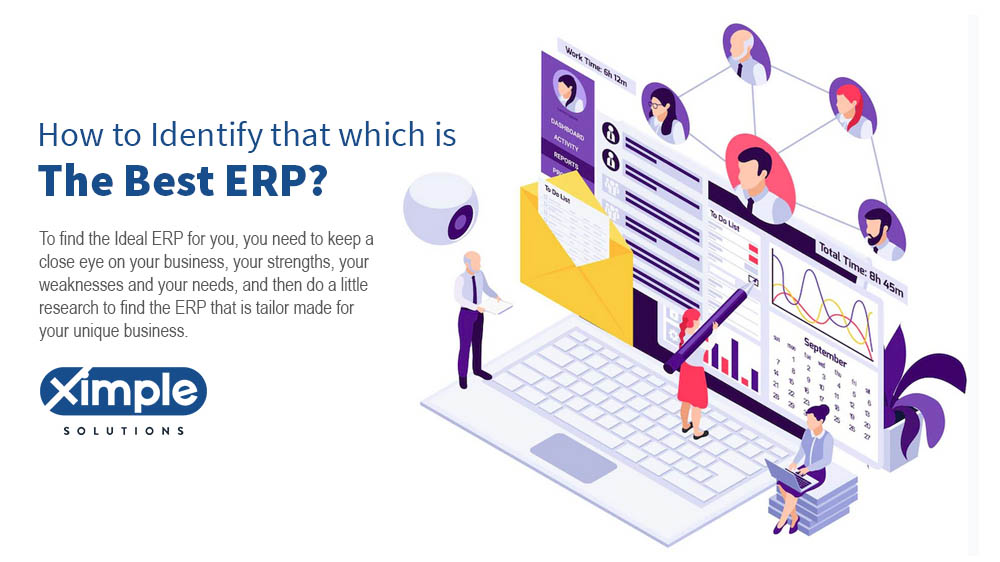
How to identify which is the best ERP?
While it would be ideal to have a simple and uniform answer to every ERP question, there is no single “best” ERP solution. The more relevant question is, “What is the best ERP for my business?” The right ERP is the one that fits your business requirements, industry, size, budget, and specific needs. What might […]
Read More
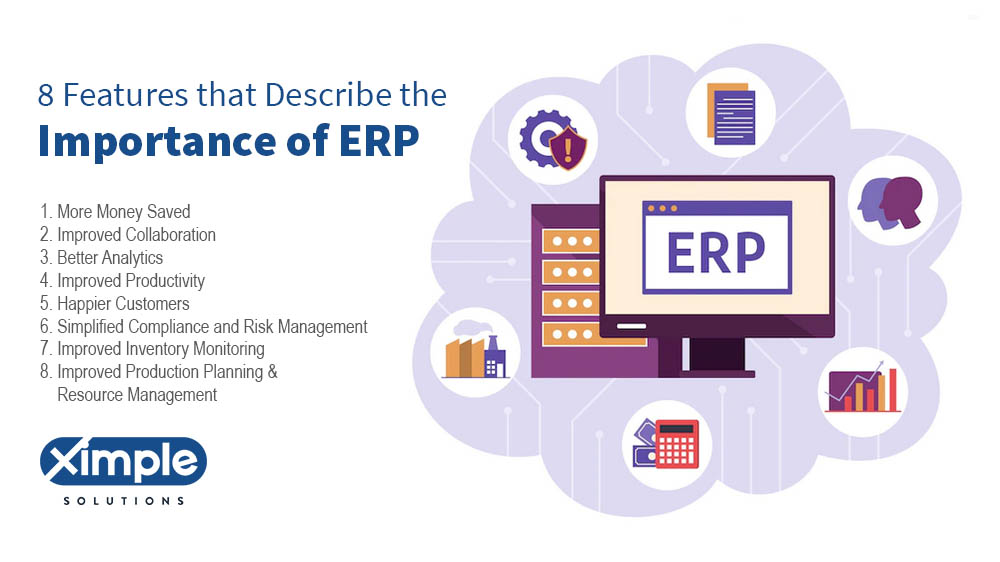
Importance of ERP for Business | Why use ERP?
Along with the worldwide ERP software program market anticipated to be price $41.69 billion by the year 2020, the impact of the systems is clear. Whereas this volume is outstanding, those who have by no means used the PC software program may discover it challenging to know why ERP is critical to their enterprise. Nonetheless, […]
Read More
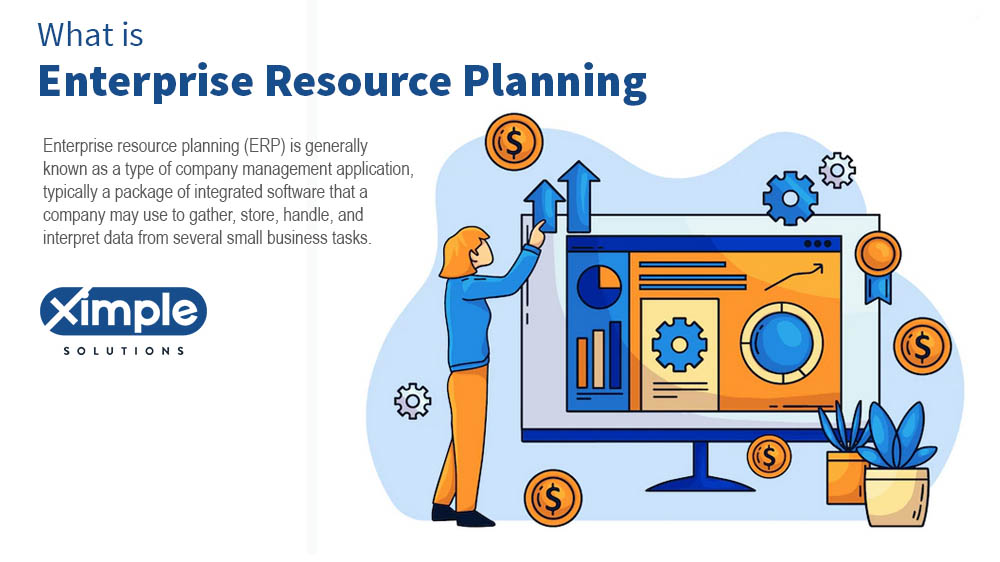
Enterprise Resource Planning – ERP
Table of Contents ERP Functional Areas of Management Financial Systems Purchase Operations Accounting Human Resources eCommerce Manufacturing Sales Order Processing Warehouse Inventory Vendor Advantages of ERP Primary Business Benefits of an ERP System ERP Functional Areas of Management In Enterprise Resource Planning systems, Below are Functional Areas of Management: Financial Systems : General ledger, fixed […]
Read More
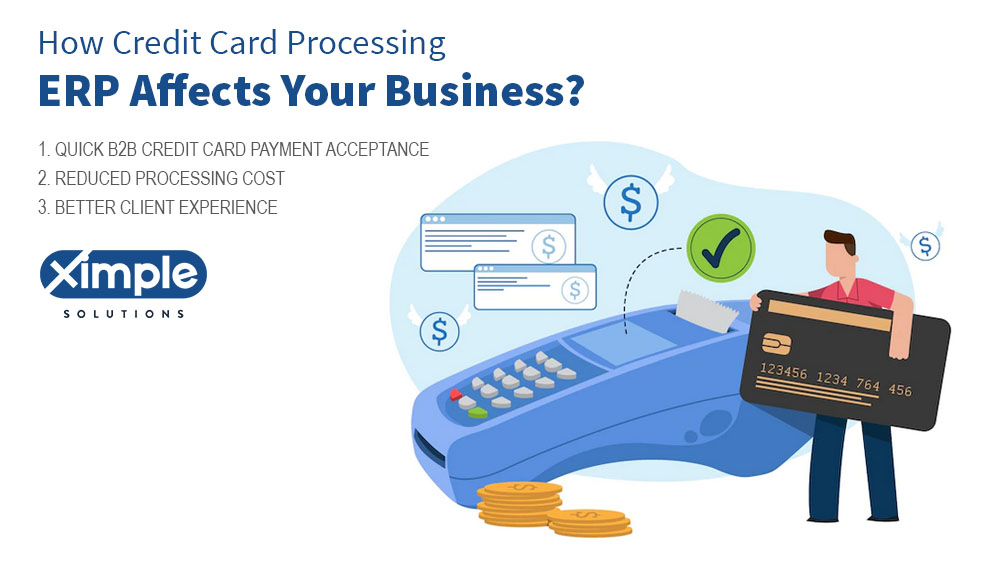
How does Credit Card Processing ERP Affect Your Business?
Let’s find it out The Power of B2B Credit Card Processing in ERP Affects Your Business guarantees High-Profit returns. Speed is something that cannot be compromised in today’s age. We have understood the power and capability of simple credit cards that we seldom use when we go to a supermarket or get meals. However, from […]
Read More
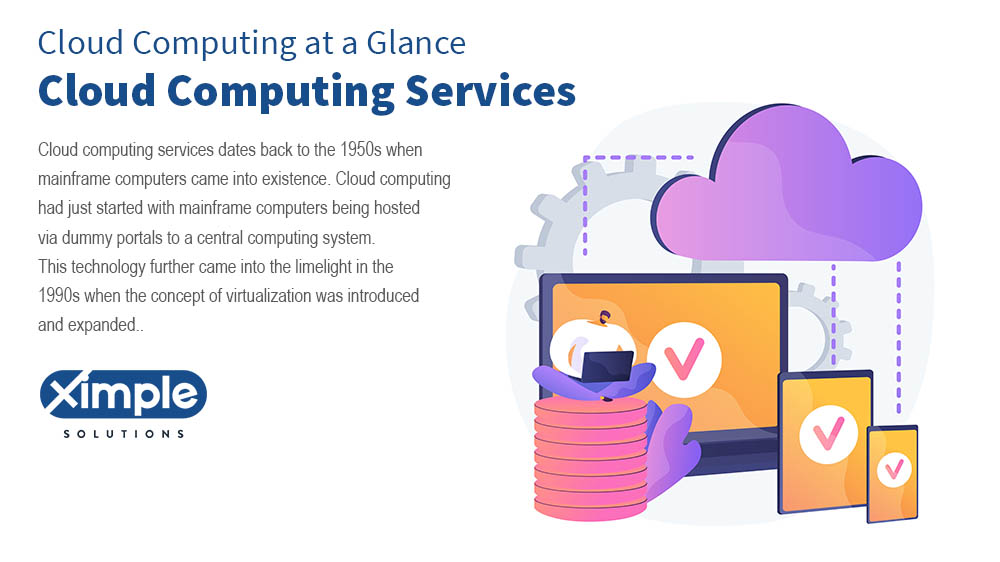
What are Cloud Computing Services? Cloud Computing at a Glance
Cloud computing services date back to the 1950s when mainframe computers came into existence. Cloud computing had just started with mainframe computers being hosted via dummy portals to a central computing system. This technology further came into the limelight in the 1990s when the concept of virtualization was introduced and expanded… The cloud services that […]
Read More
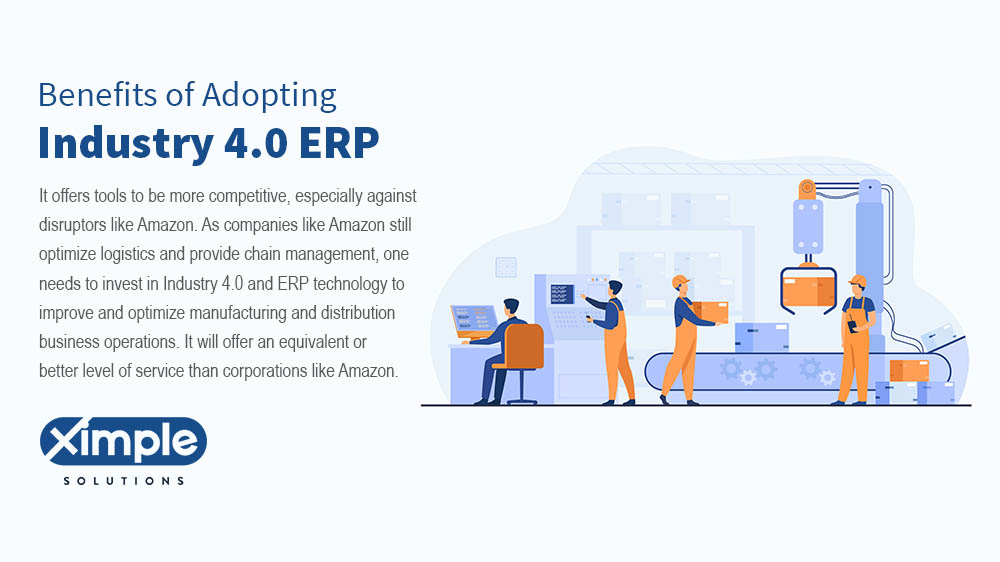
What is INDUSTRY 4.0 ERP? INDUSTRY 4.0 and ERP
This article is relevant to anyone interested in Industry 4.0 and ERP technology, particularly those in the manufacturing, wholesale, and distribution businesses. It provides an overview of the different Industry 4.0 technologies, including IoT, simulation, horizontal and vertical integration, cloud computing, additive manufacturing, augmented reality, big data and analytics, and cyber-physical systems, and how they […]
Read More
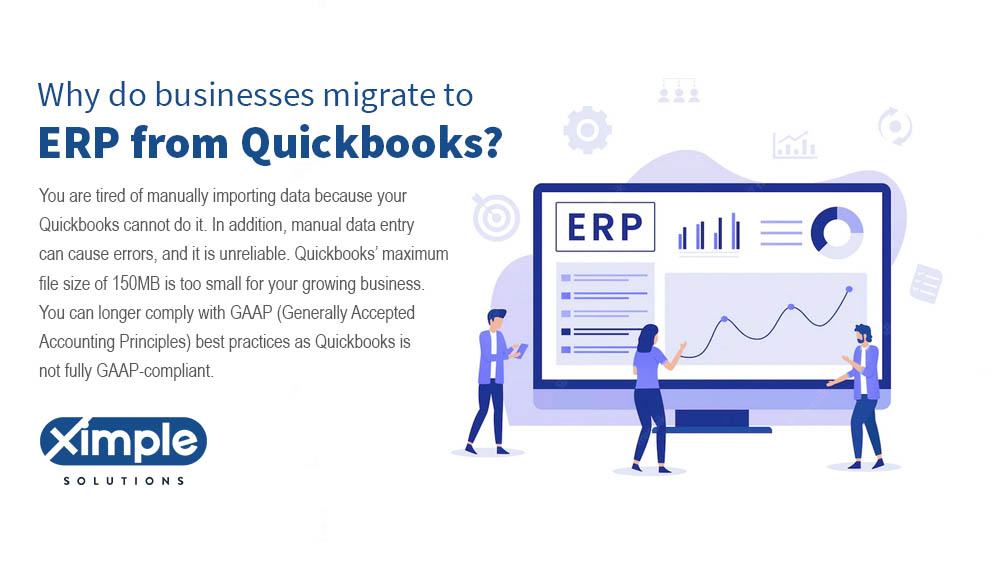
What is Quickbooks software?
There is no doubt that Quickbooks is a famous software tool for accountants. It is available in different versions, allowing you to select the type that could help your accountants. Concerning usage, you can read Quickbook tutorials online or hire someone who is already trained and certified. Finally, if your distribution wholesale business outgrows Quickbooks, you can migrate from it to ERP. This article has quick tips on successfully migrating from Quickbooks and finally recommends Ximple ERP to you.
Read More
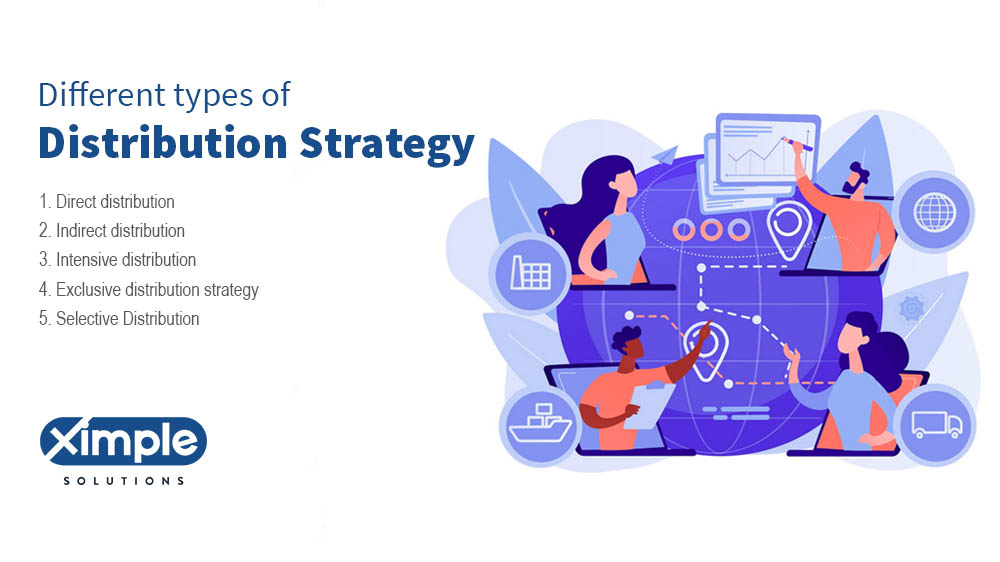
What is a Distribution Strategy? Importance of Distribution Strategy
Did you know that sales are the key to higher revenues and contented workers? That’s true, and if you want to sell more, you should make a plan. First, you should have a goal to attract and retain customers. Second, you should deliver a product or service to the customer and the correct information. To […]
Read More
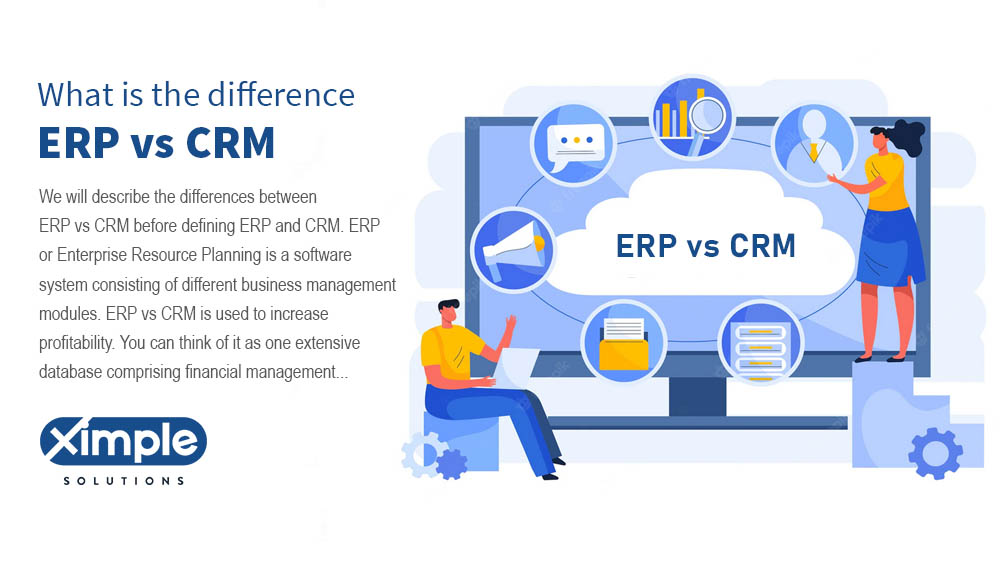
ERP vs CRM: What is the difference?
What is ERP? We will describe the differences between ERP vs CRM before defining ERP and CRM. ERP or Enterprise Resource Planning is a software system consisting of different business management modules. ERP vs CRM is used to increase profitability. You can think of it as one extensive database comprising financial management, accounting, purchase management, […]
Read More
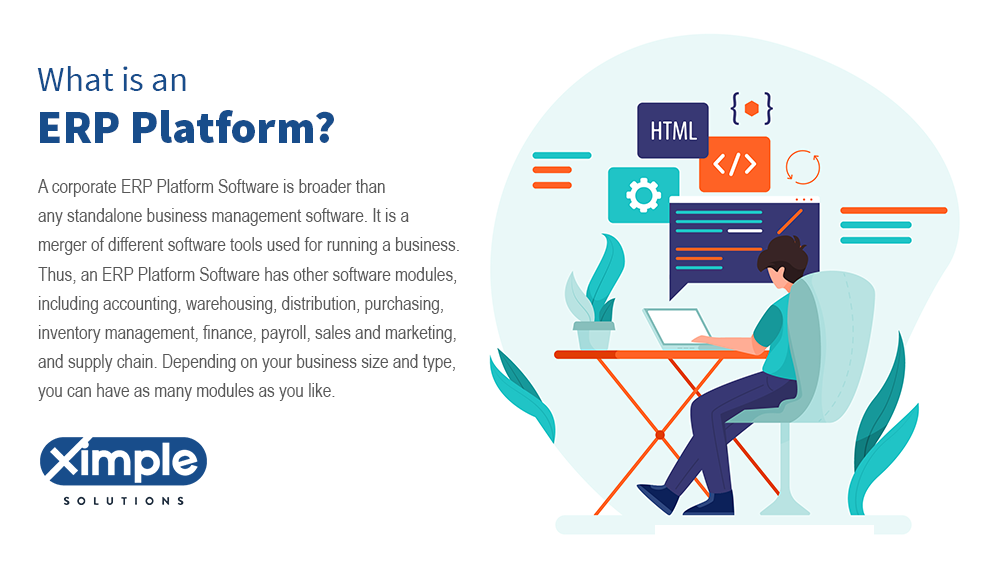
What is an ERP Platform?
A corporate ERP Platform Software is broader than any standalone business management software. It is a merger of different software tools used for running a business. Thus, an ERP Platform Software has other software modules, including accounting, warehousing, distribution, purchasing, inventory management, finance, payroll, sales and marketing, and supply chain. Depending on your business size […]
Read More
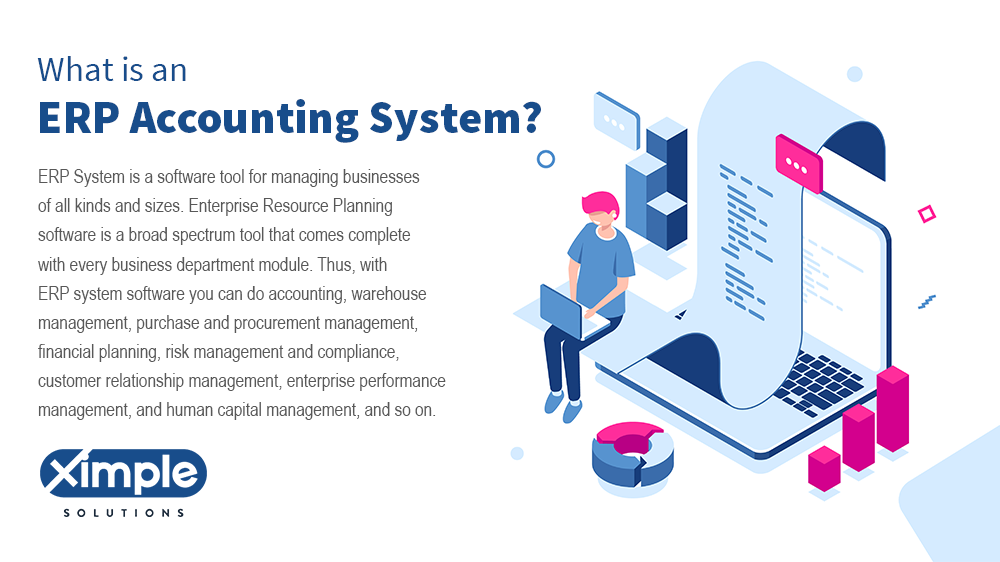
What is an ERP Accounting System?
An ERP Accounting System is a useful software to manage financial data and processes of the company. ERP Accounting System includes modules such as SCM (supply chain management), CRM (customer relationship management), Purchasing, Sales, Warehousing, and many more. The ERP Accounting System works by centralizing financial processes from various departments of the company. ERP Accounting […]
Read More
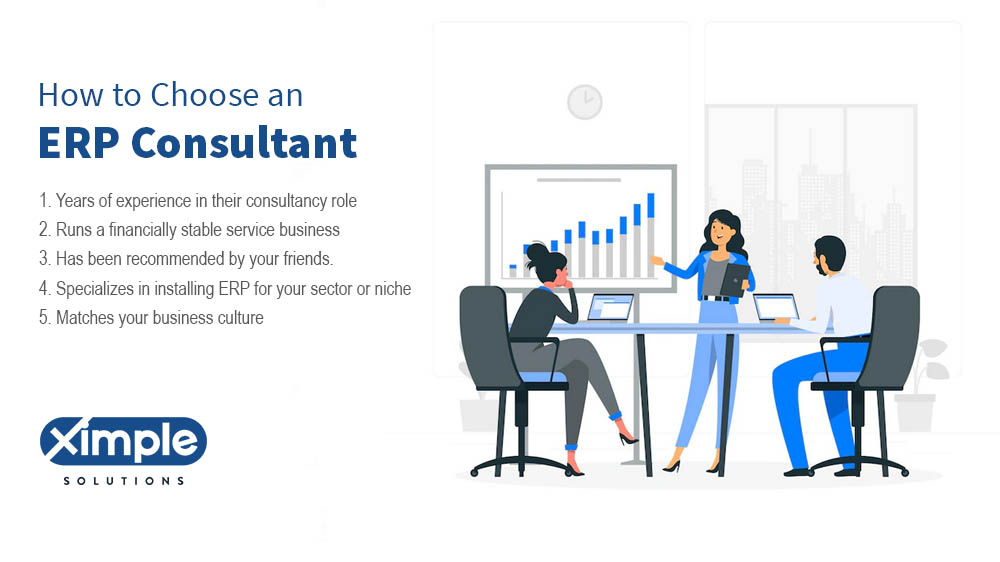
What is ERP Consulting? How to Choose an ERP Consultant
How to Select Your Ideal ERP Consulting Firm ERP Consultant can help distributors to find the Right ERP Software. If appropriately managed, a wholesale distribution business can be very lucrative. It can grow fast and expand its operations to new regions. On the contrary, poor management of a wholesale distribution business can lead to losses […]
Read More
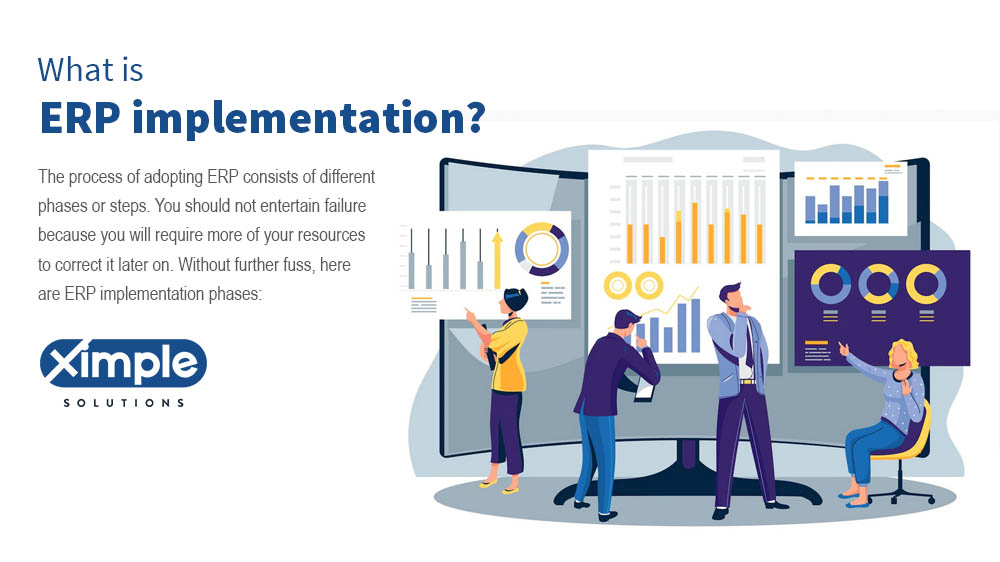
9 Key ERP Implementation Phases and Methodology
It’s important to know the ERP Implementation Phases because nowadays COVID pandemic has accelerated Digitization, Digitalization, and Digital Transformation plans for many Wholesale Distributors. Wholesale Distributors have suddenly understood that Technology can improve efficiencies, and reduce inventory and profitability. Technology no longer looks esoteric. The last ten years have seen many technologies and ideas mature […]
Read More
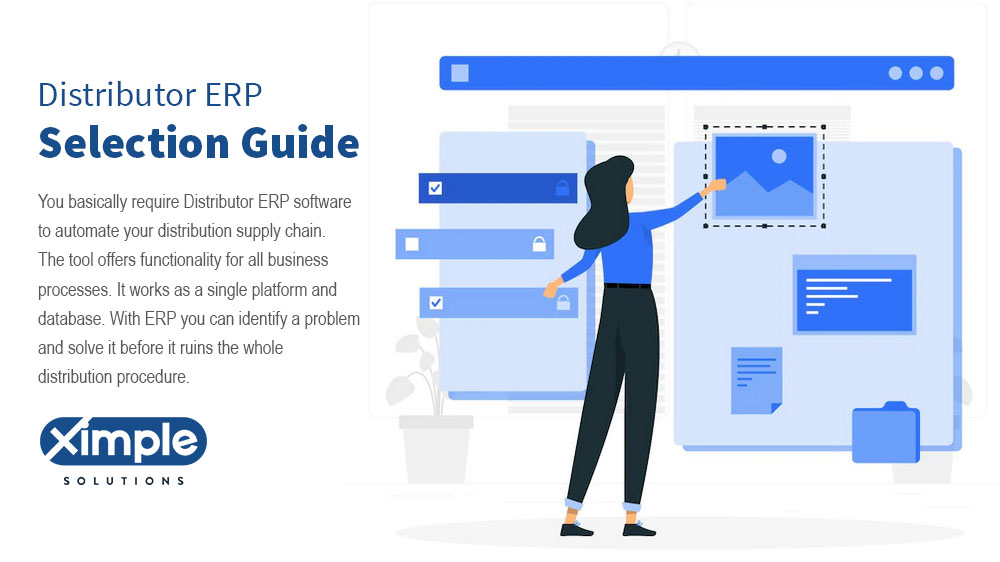
Distributor ERP Selection Guide
This article on “Distributor ERP Selection” is meant for wholesaler-distributors and large to mid-sized distribution businesses who are looking to adopt the next generation of Distributor ERP and other related technologies to improve efficiency, increase revenue, and reduce costs. The article covers topics such as what is a distributor ERP system, why it is needed, […]
Read More
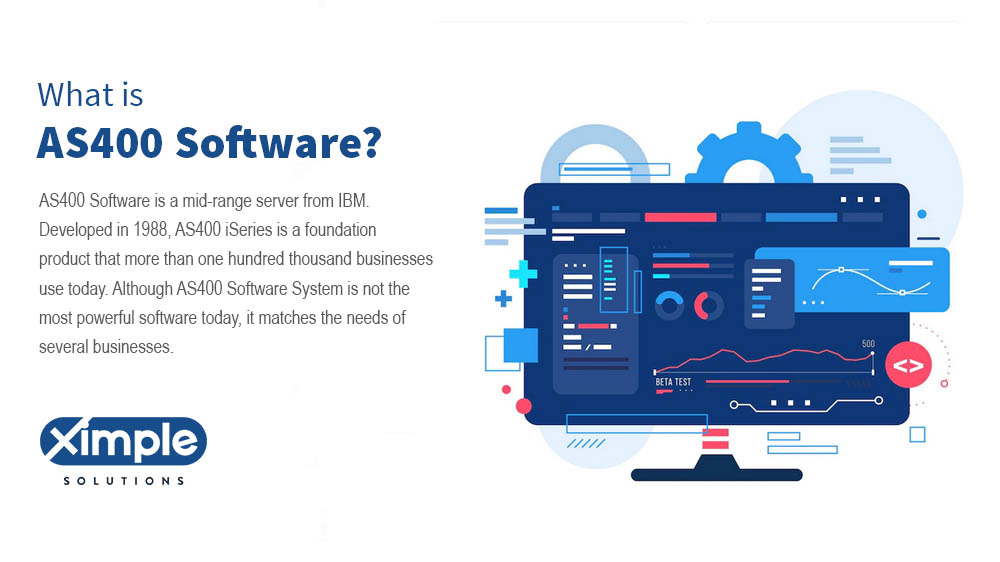
IBM AS400 ERP SOFTWARE
This article provides an overview of IBM AS400 ERP & IBM I software and its evolution over time. It covers the history of AS400, its benefits, challenges, and compatibility with various accounting and business software. It also touches upon the reasons for the migration of AS400 to cloud-based ERP and the benefits of API, microservices, […]
Read More
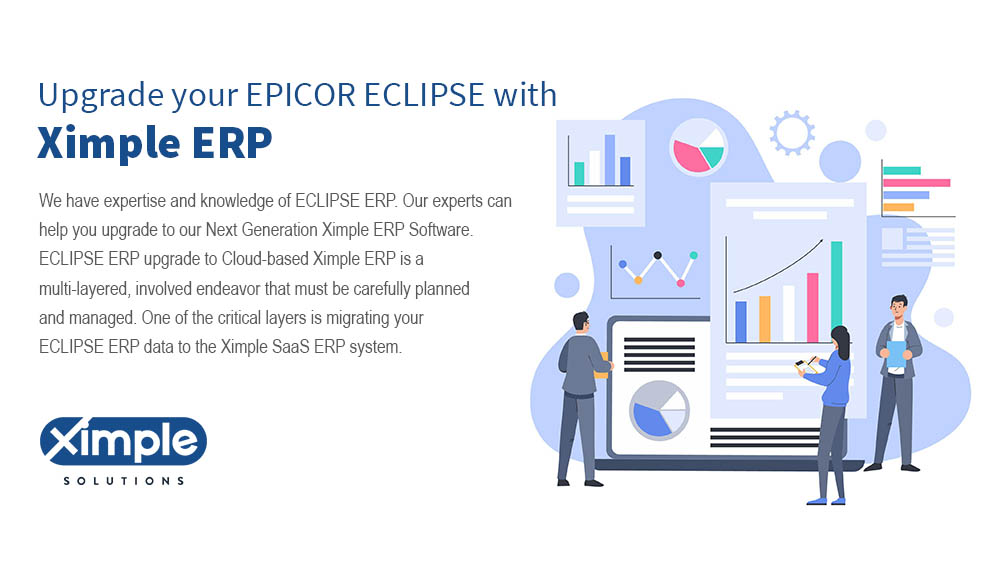
Upgrade your EPICOR ECLIPSE & Prophet 21 ERP with Ximple ERP
Here, we will show you data migration steps for replacing EPICOR ECLIPSE ERP Software with Next Generation Cloud based Ximple ERP Software. Table of Contents How to upgrade EPICOR ECLIPSE & Prophet 21 ERP system to Ximple Distribution ERP? 1. Analyze Epicor Eclipse & & Prophet 21 ERP Data Migration to Ximple ERP Project 2. […]
Read More
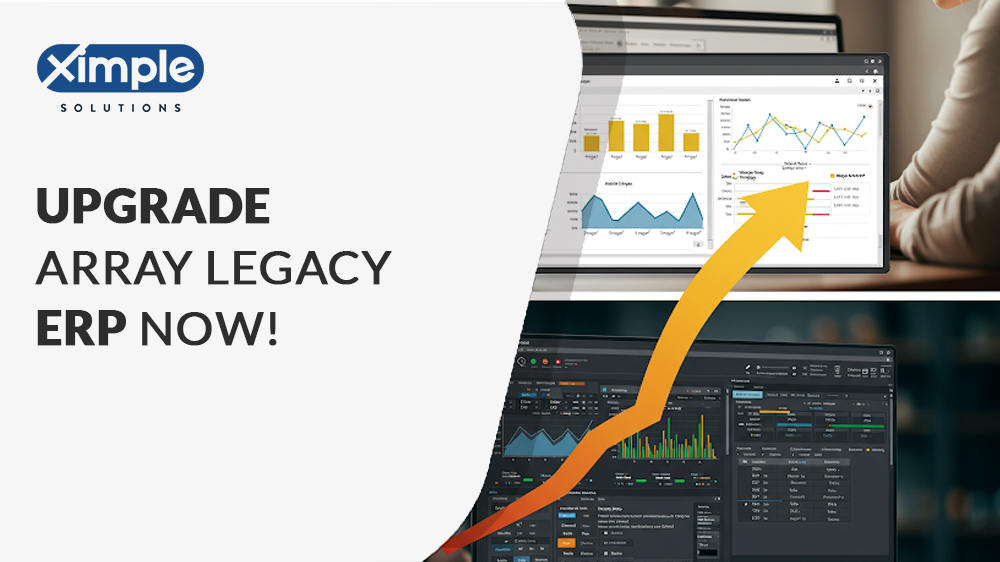
Replace your Array Legacy ERP Software to Ximple ERP for Distributors
Table of Contents Introduction How to upgrade Array Legacy ERP System with Modern Ximple ERP System? 1. Analyze Array Legacy ERP Data Migration to Ximple ERP Project 2. Review your Current Array Legacy ERP Data and Processes 3. Assign the Right People for Array Legacy ERP Replacement Project 4. Remember That Time Is of the […]
Read More


















































































